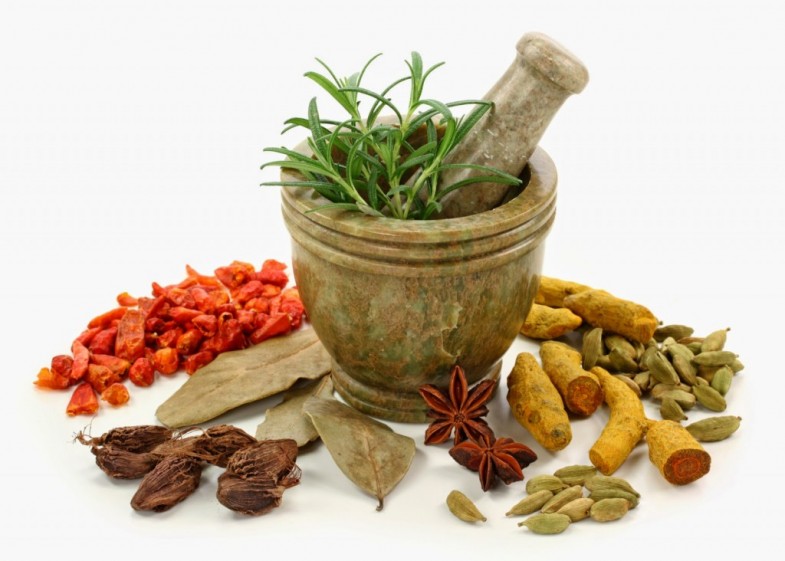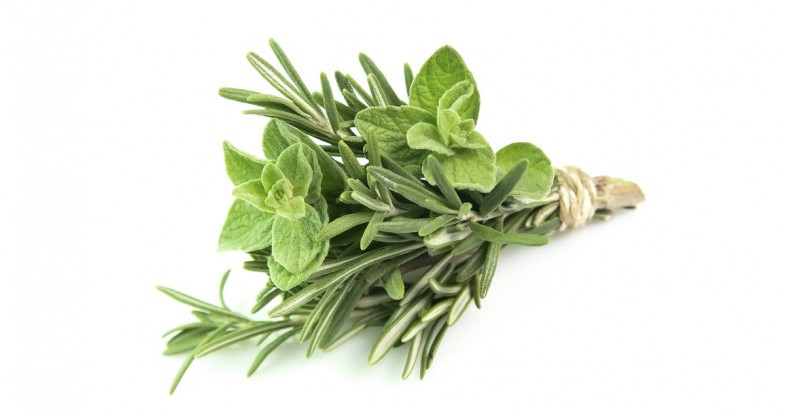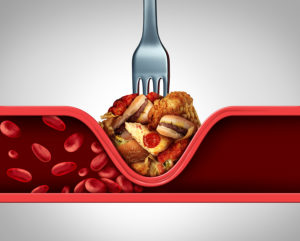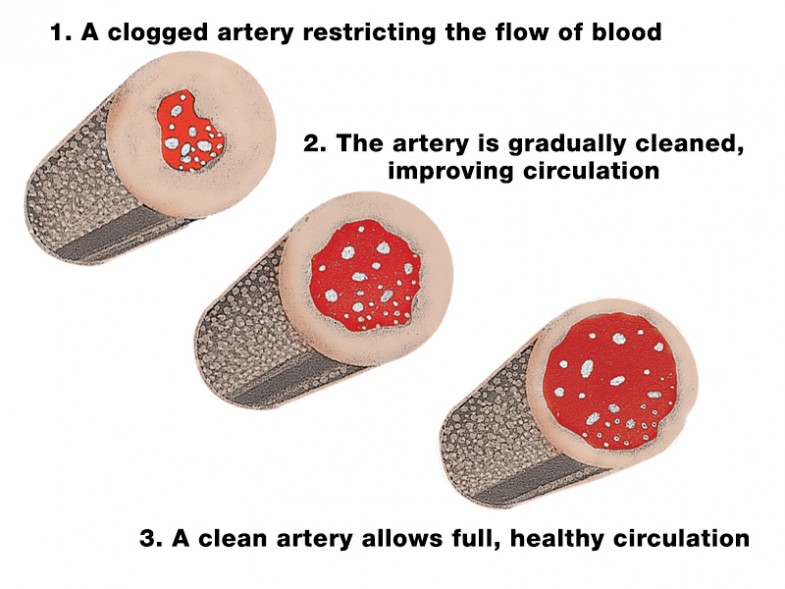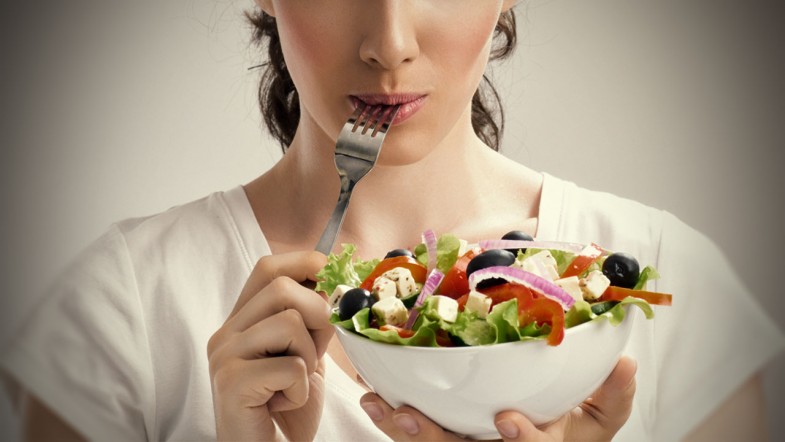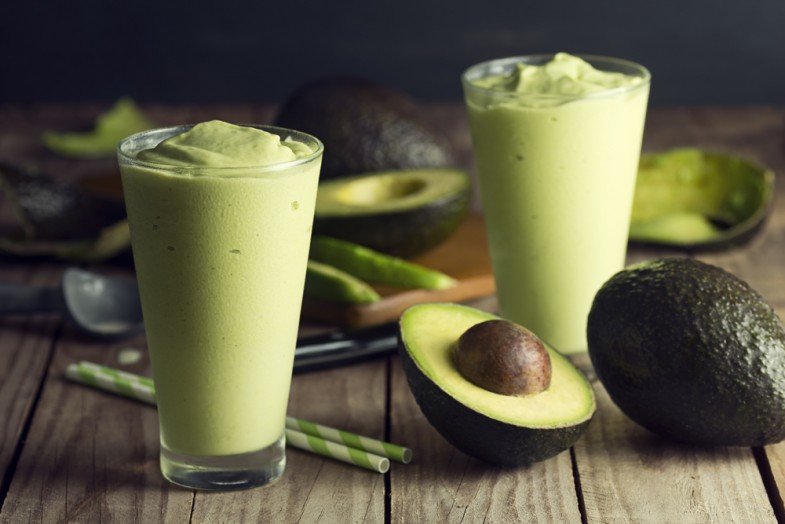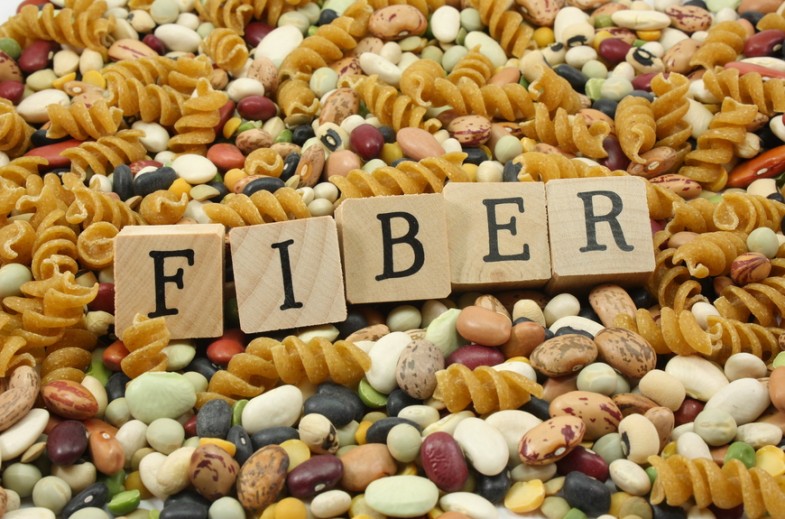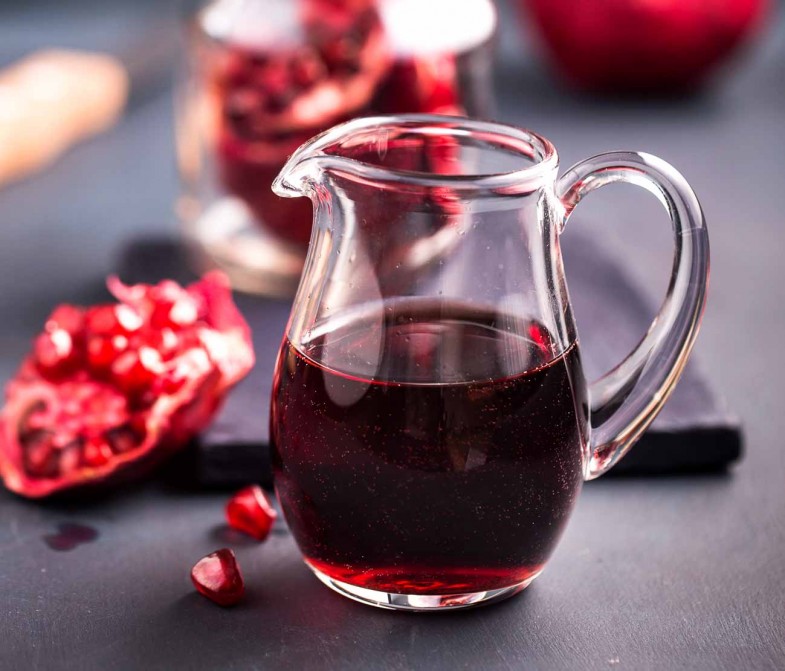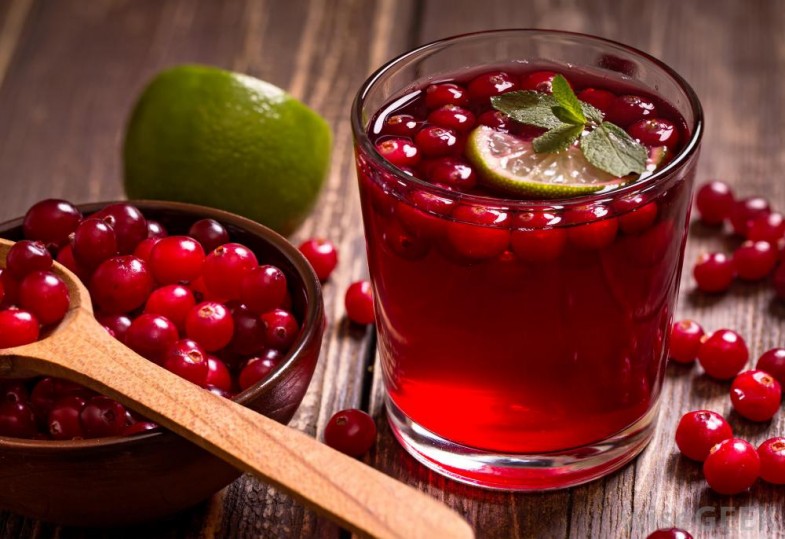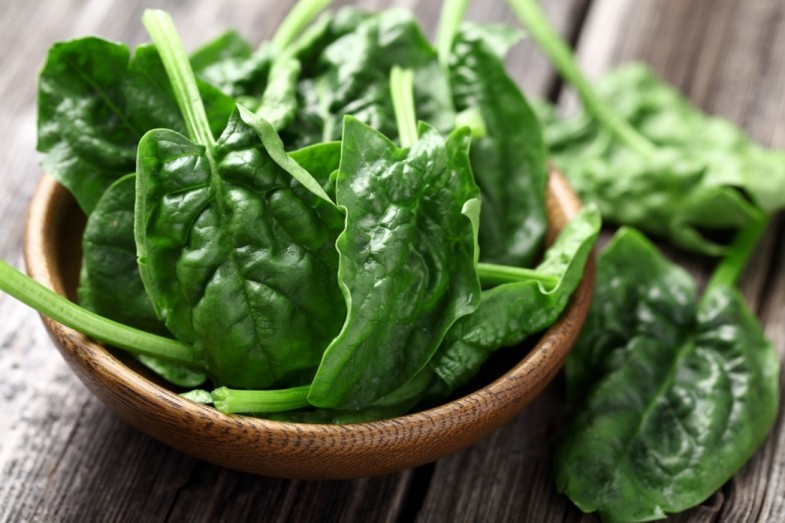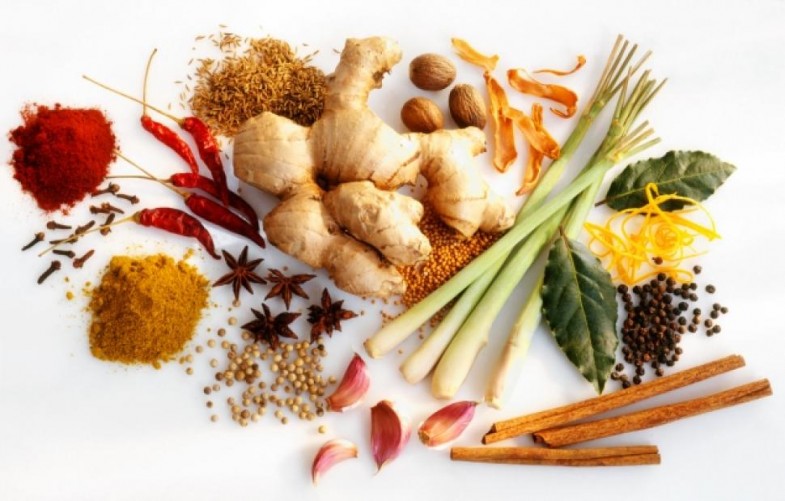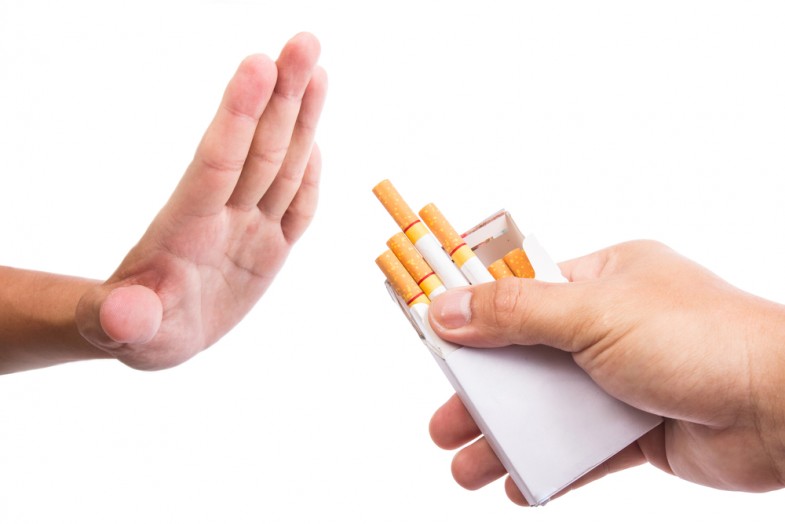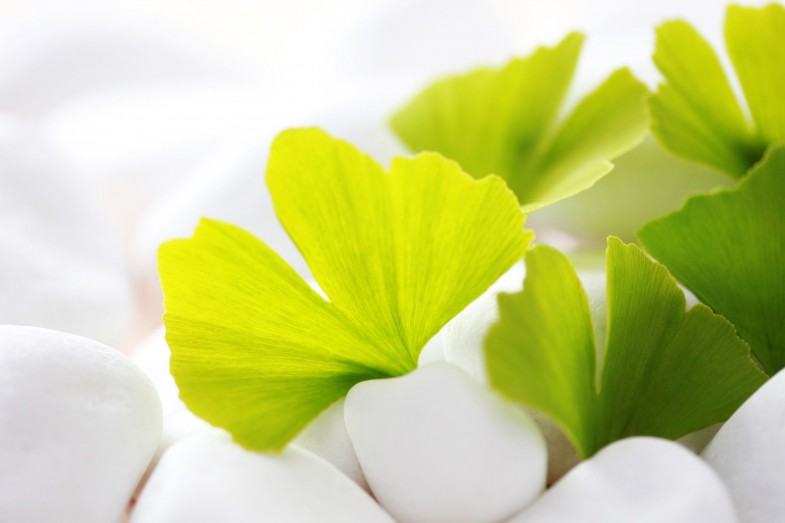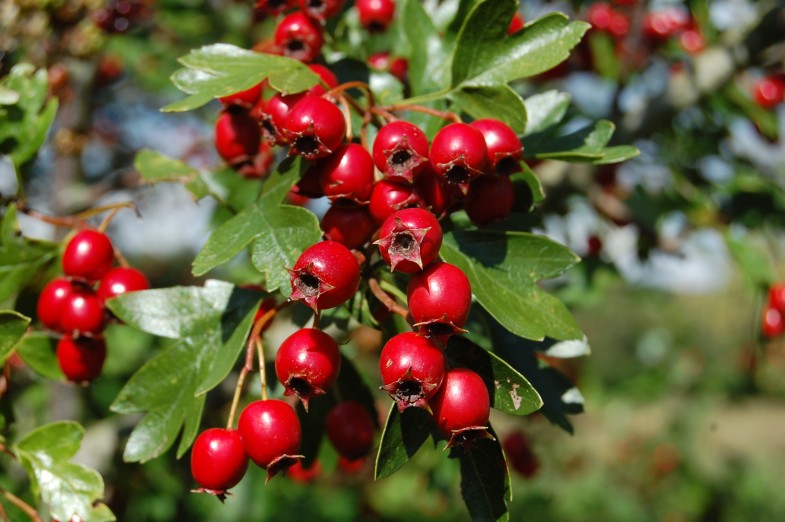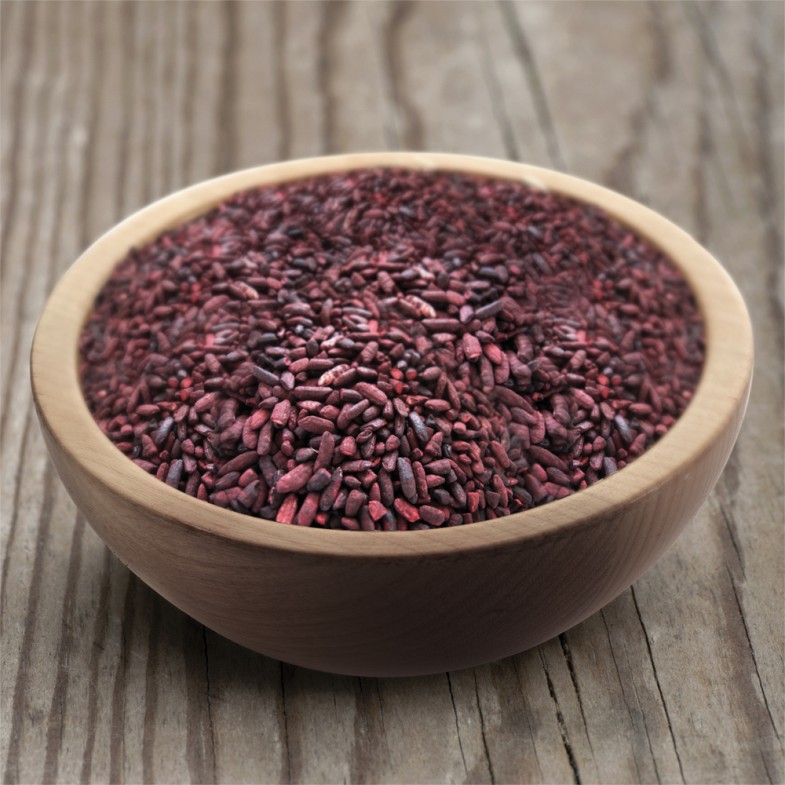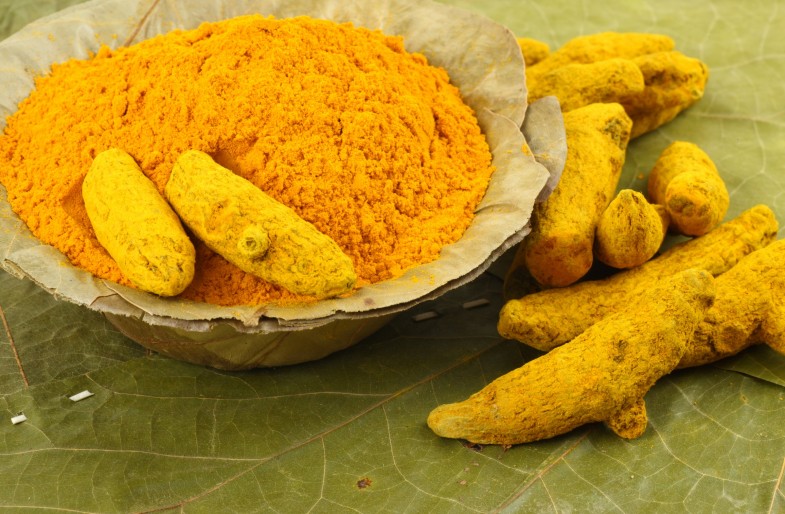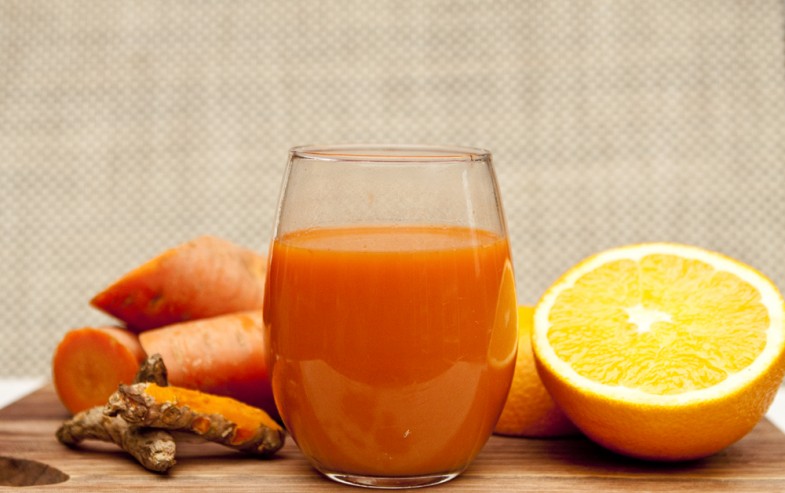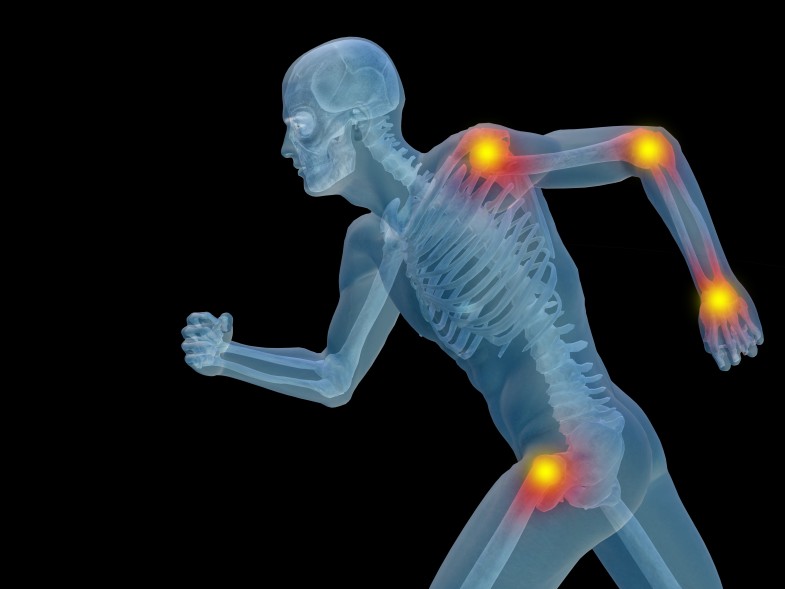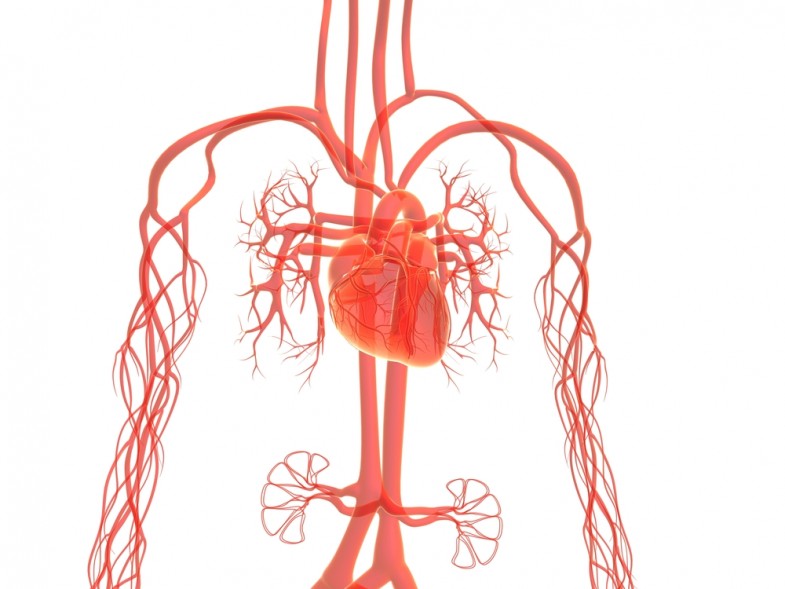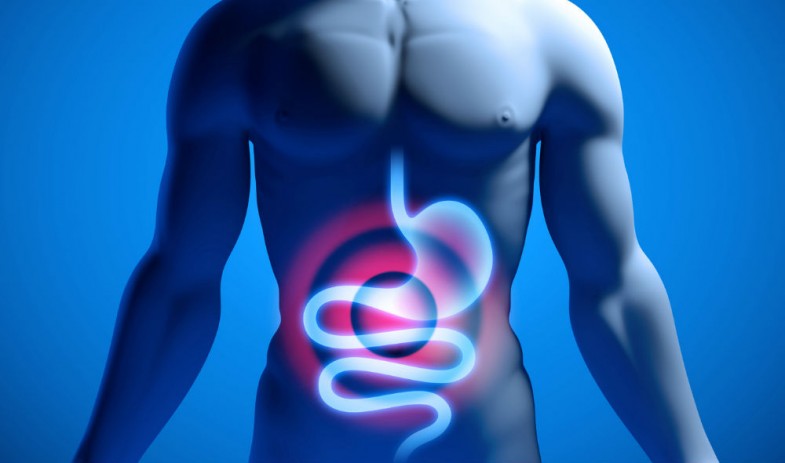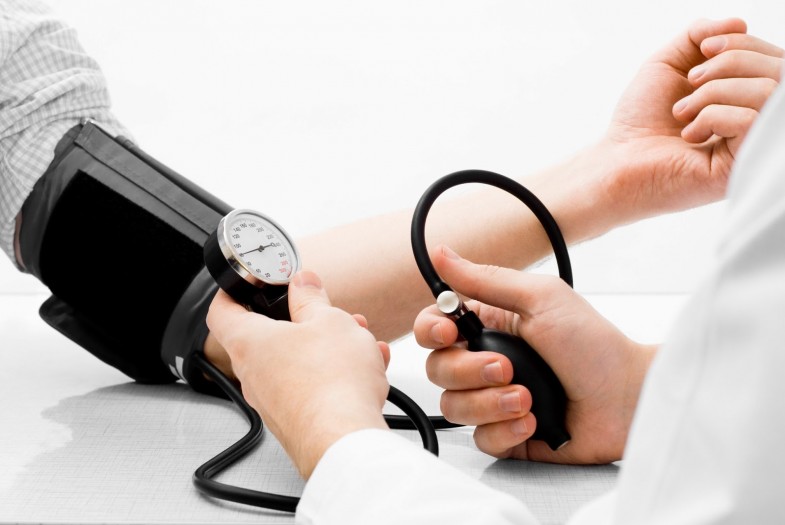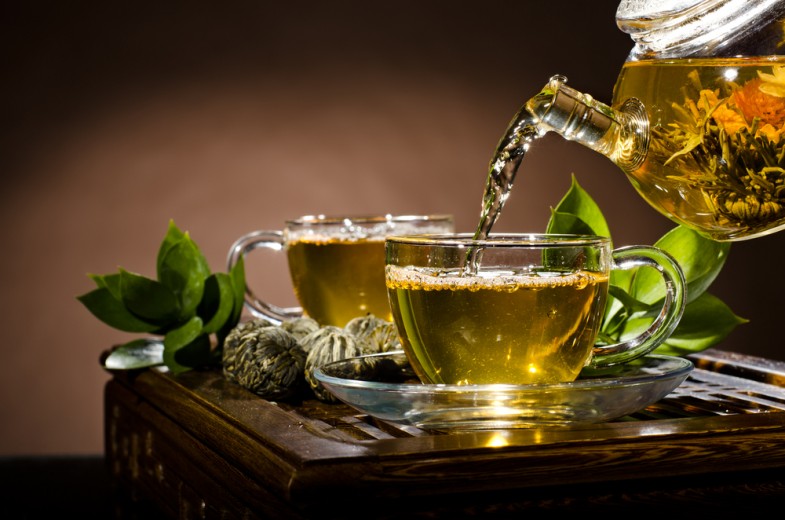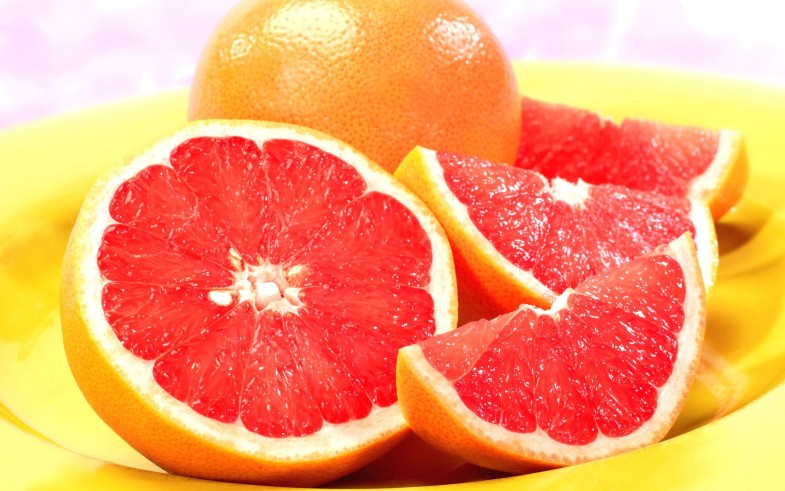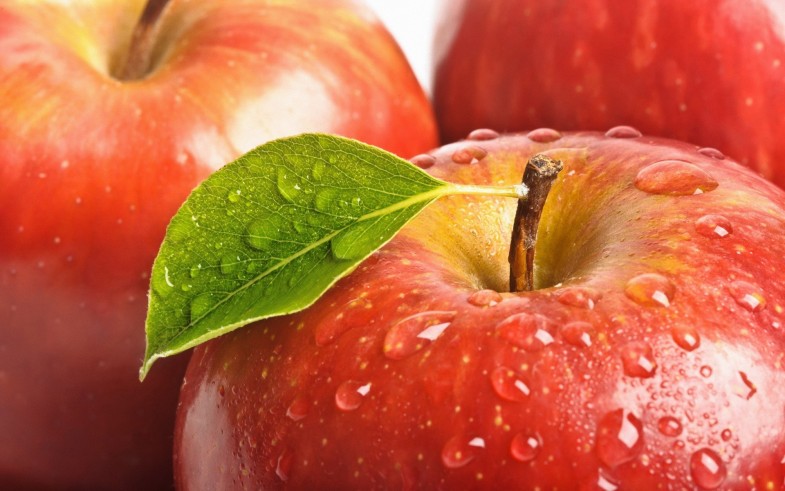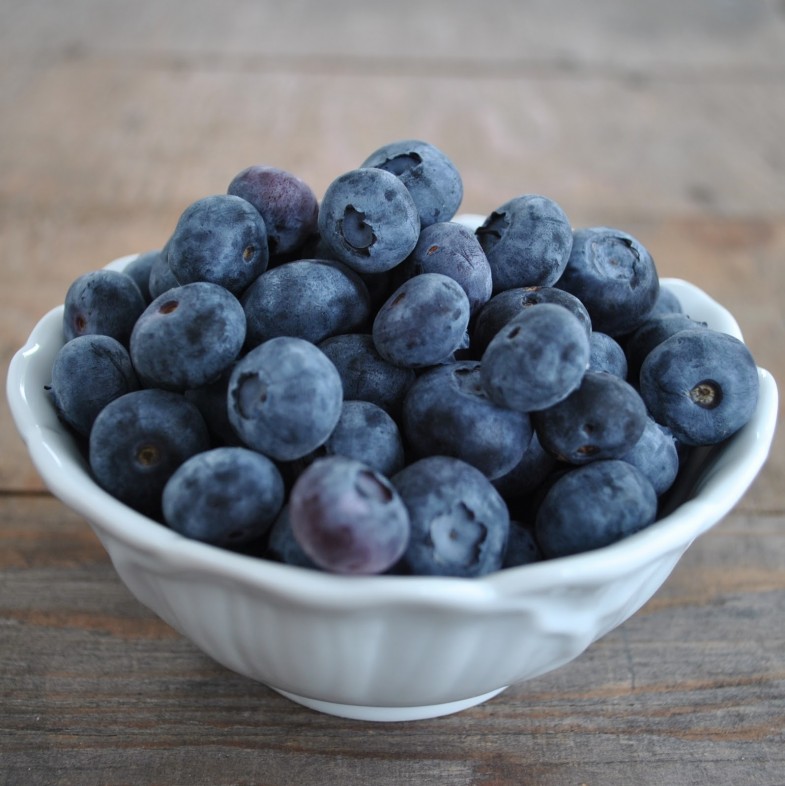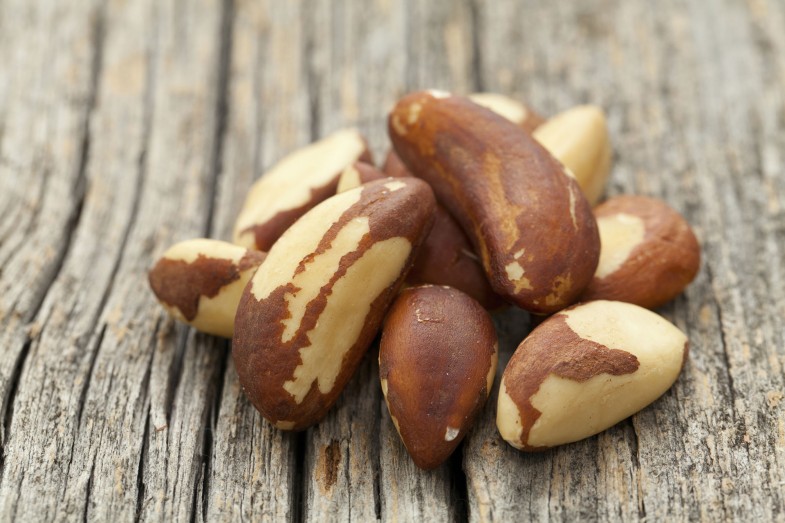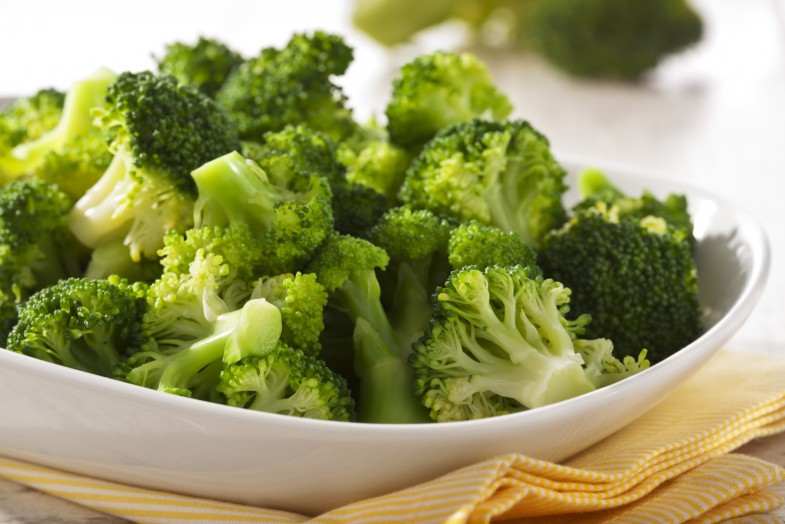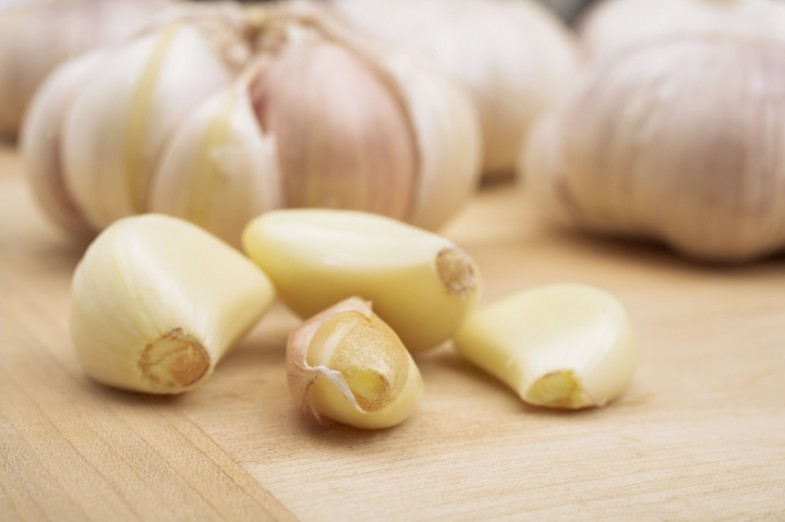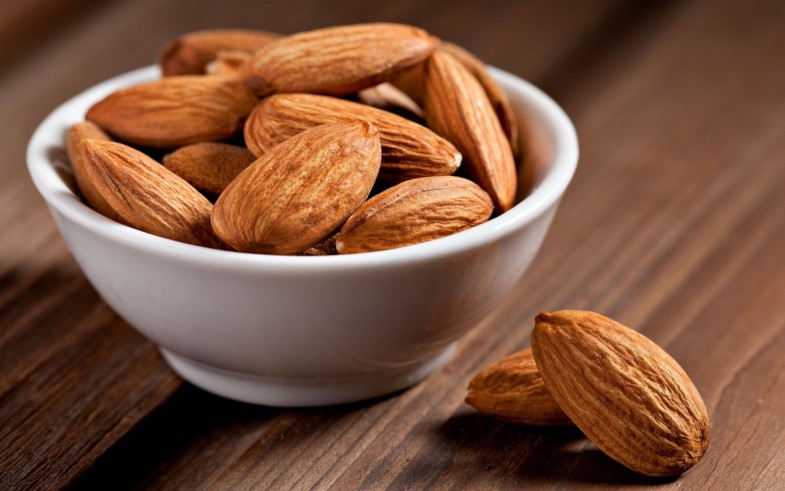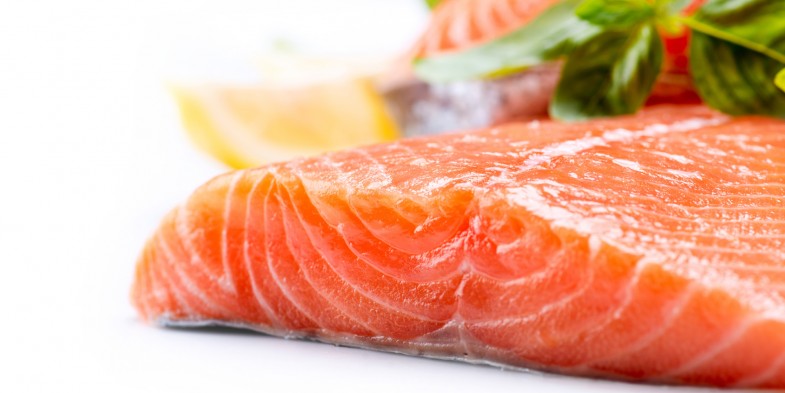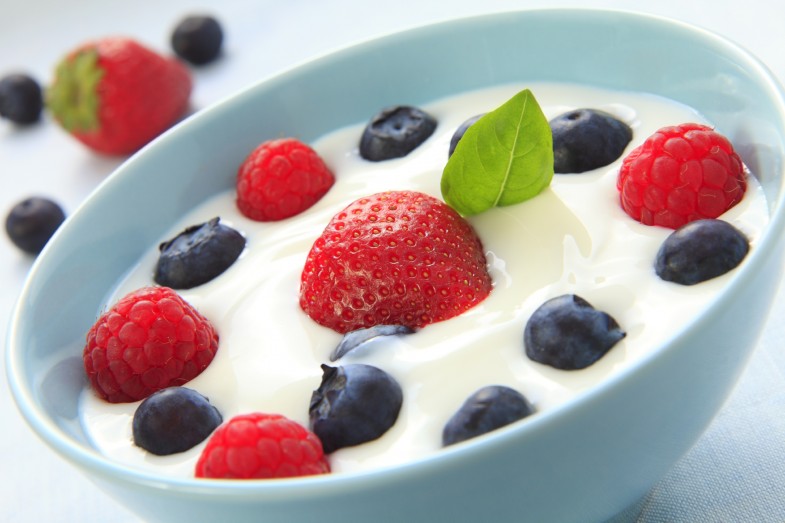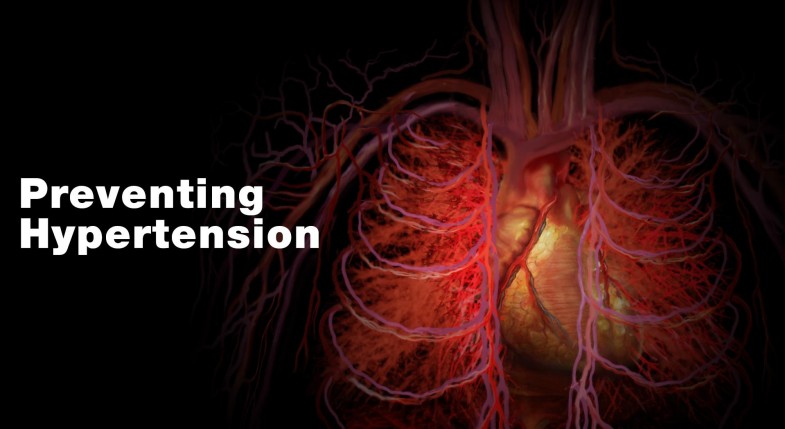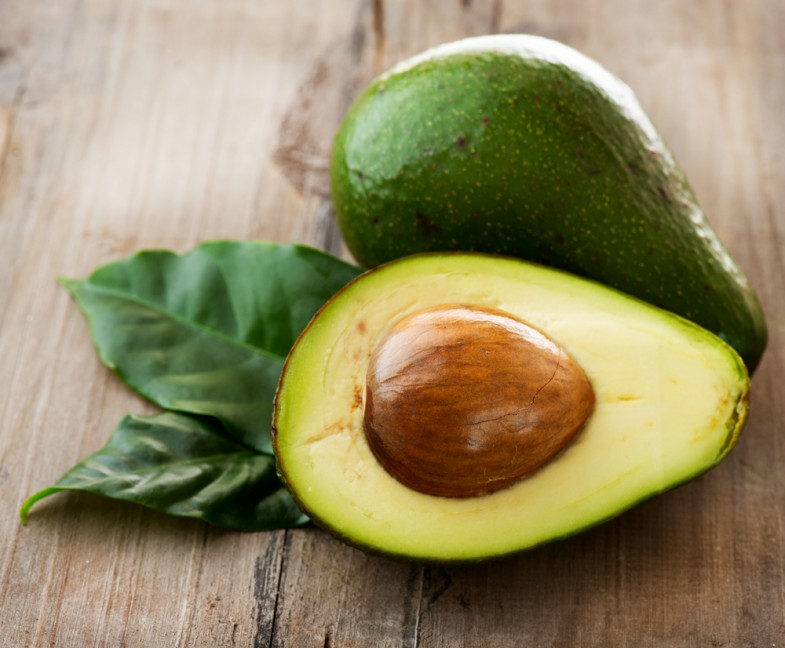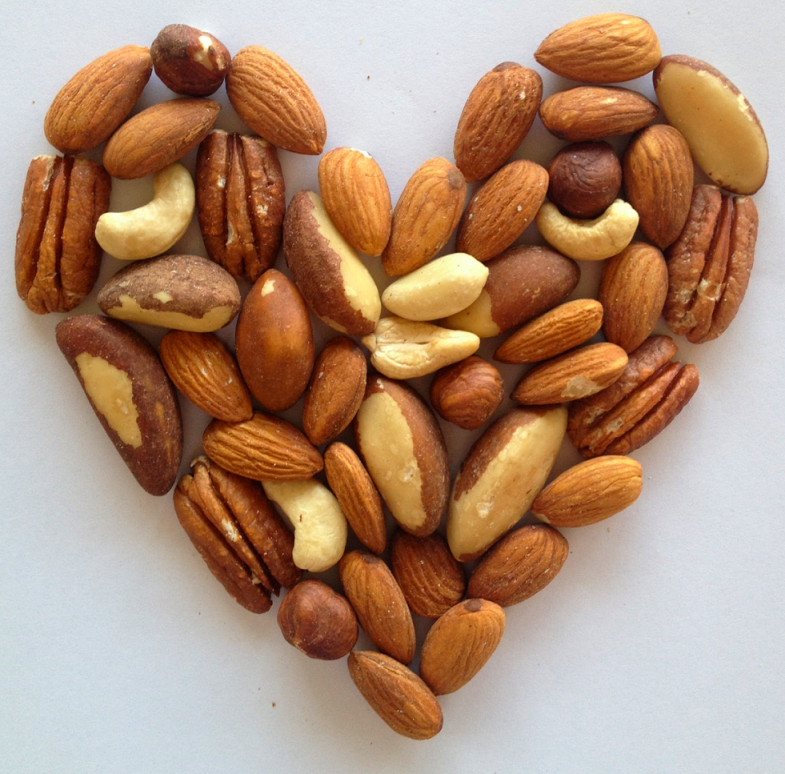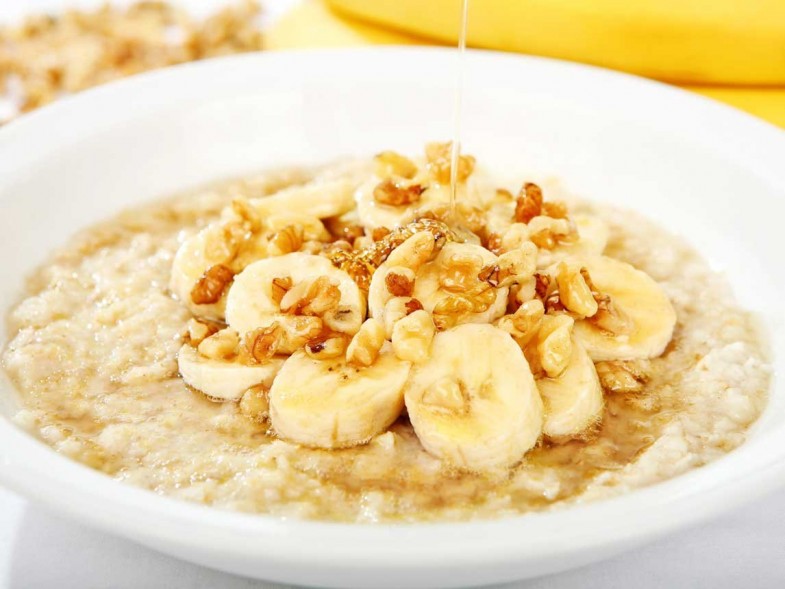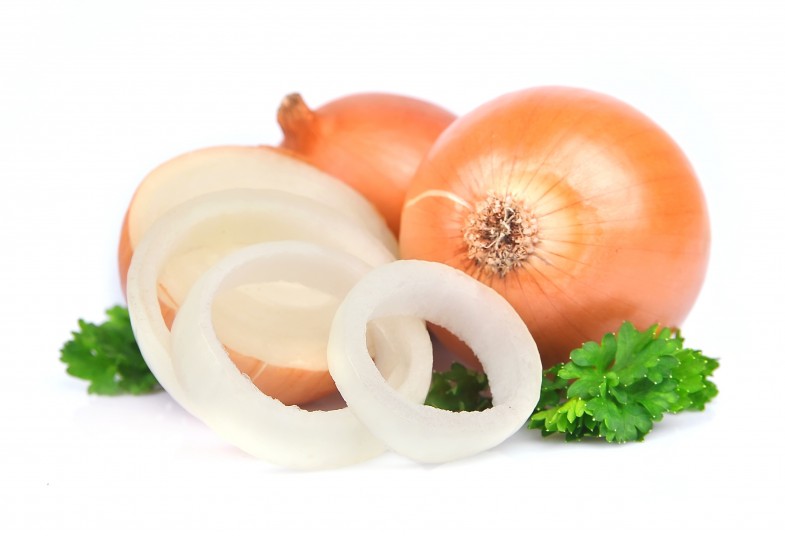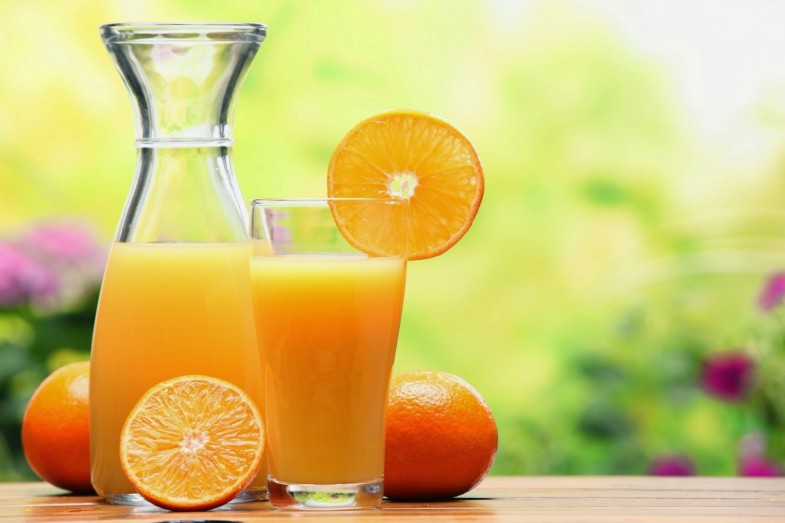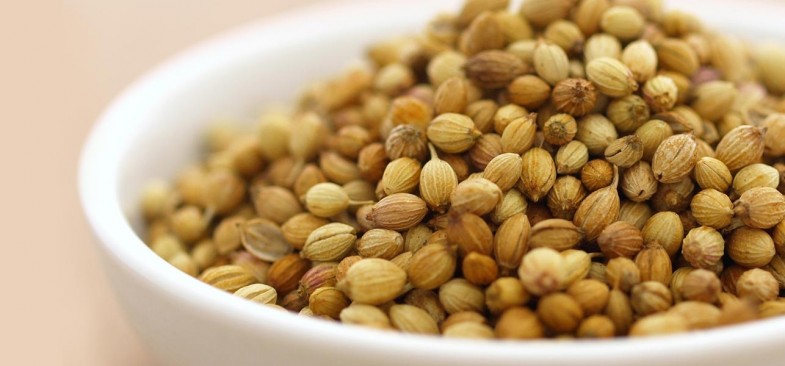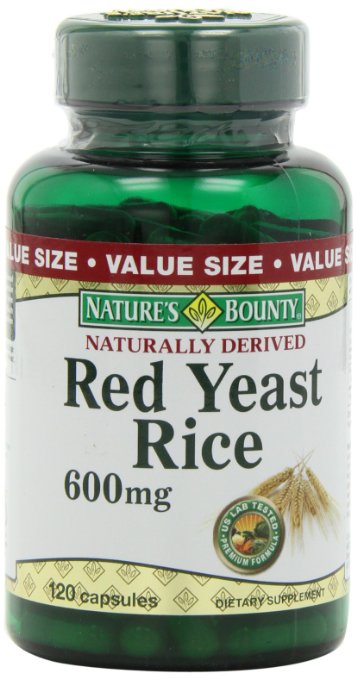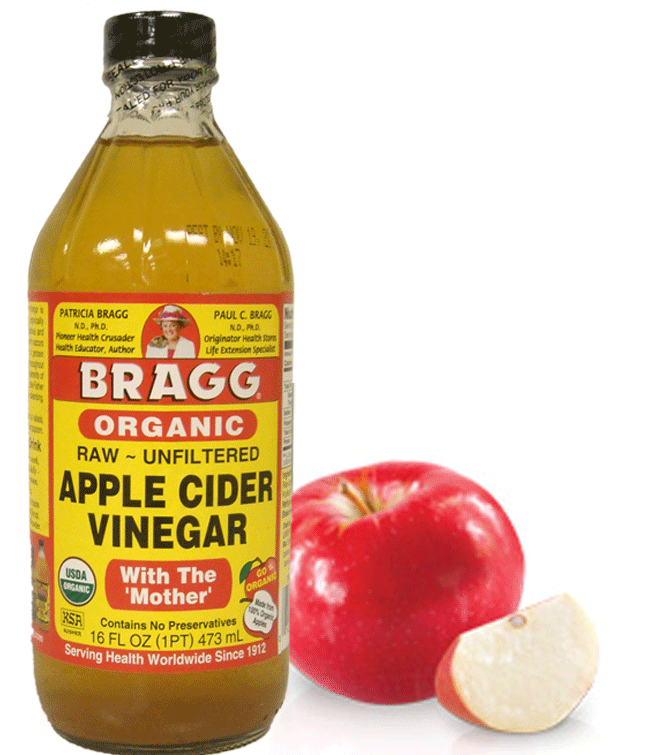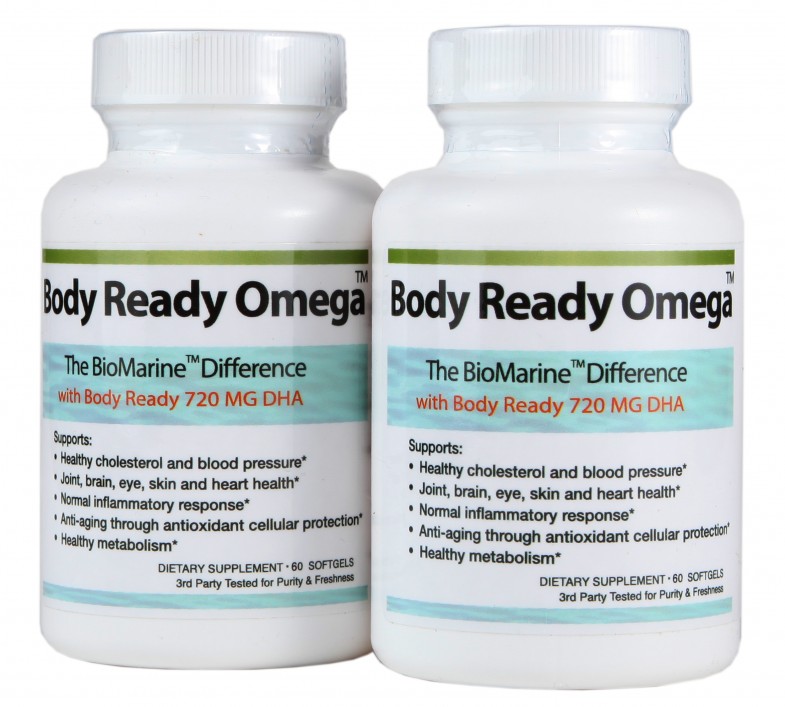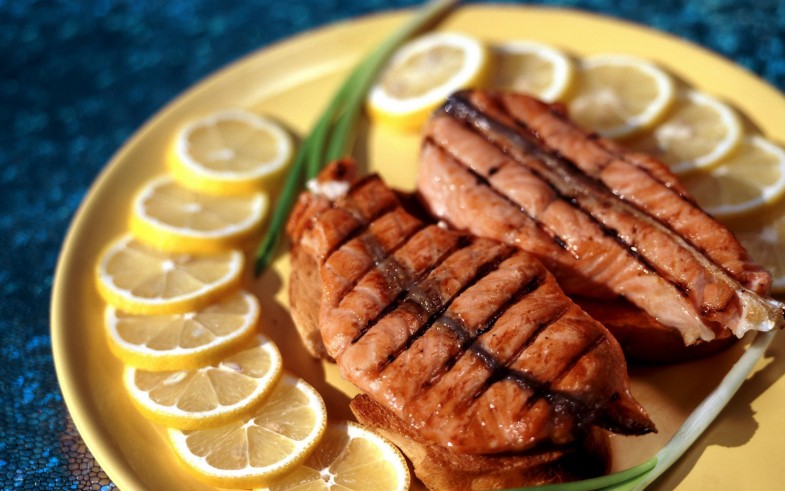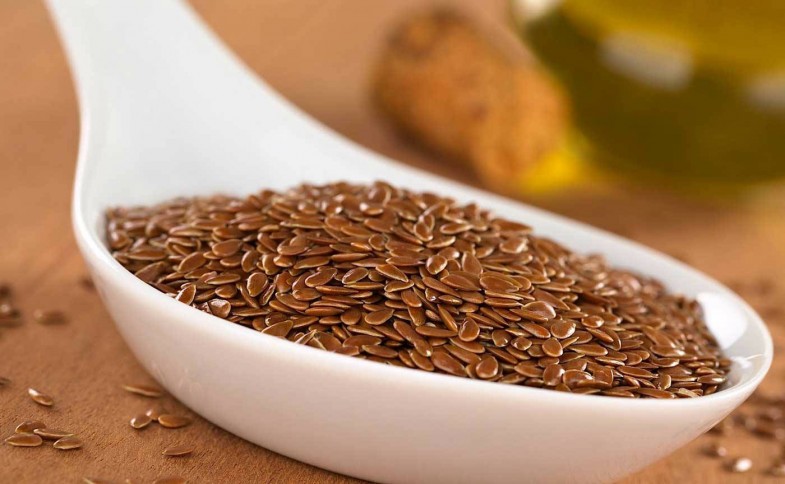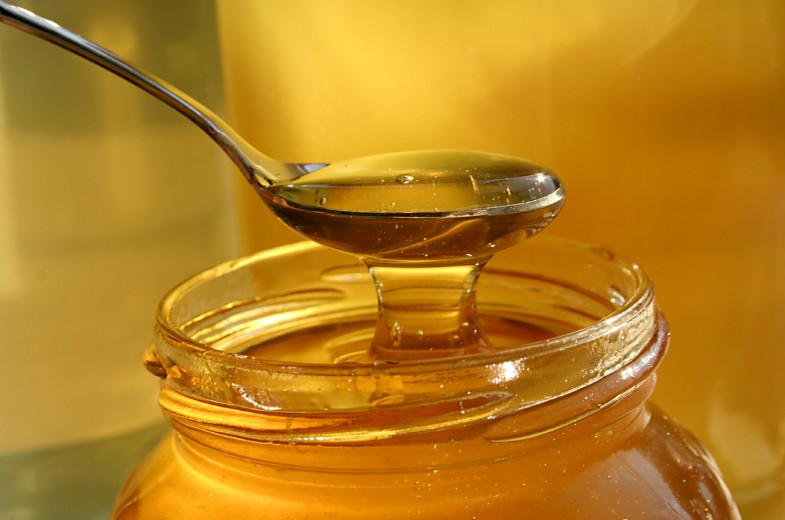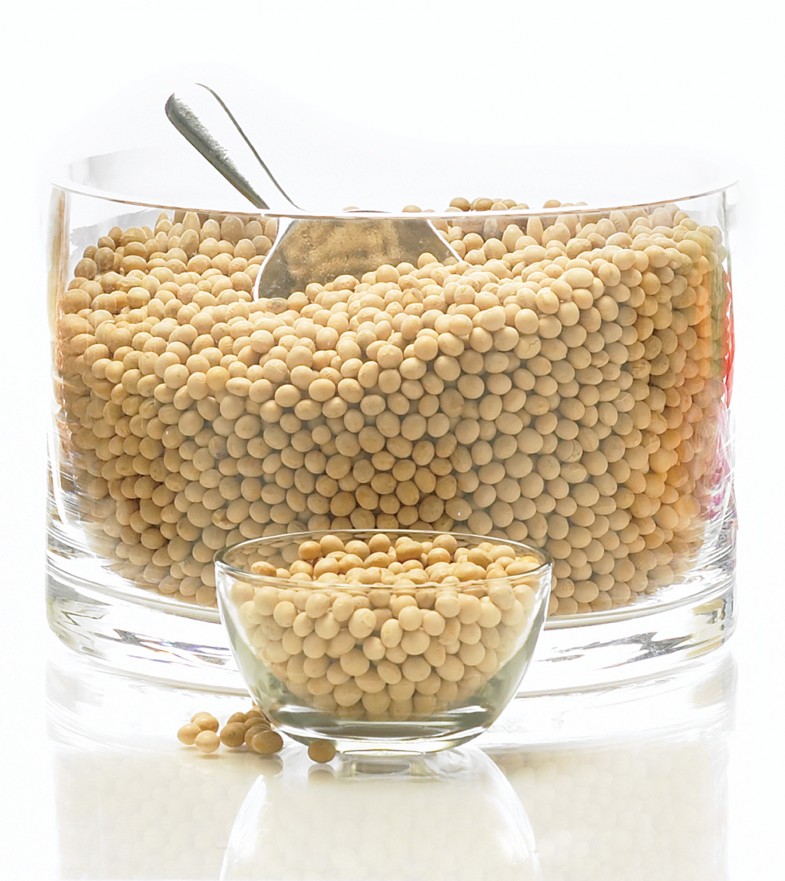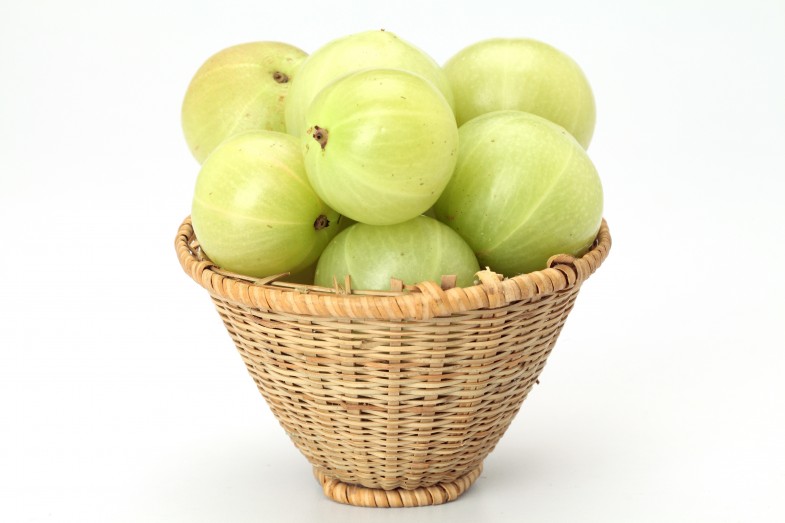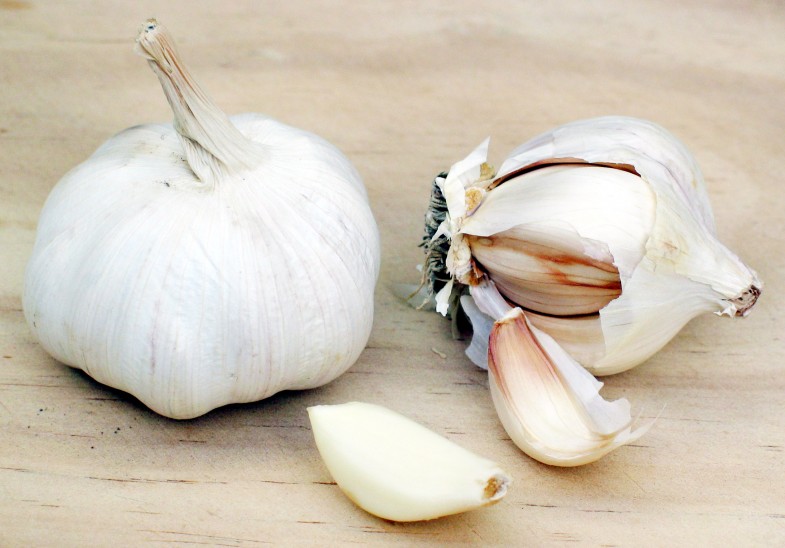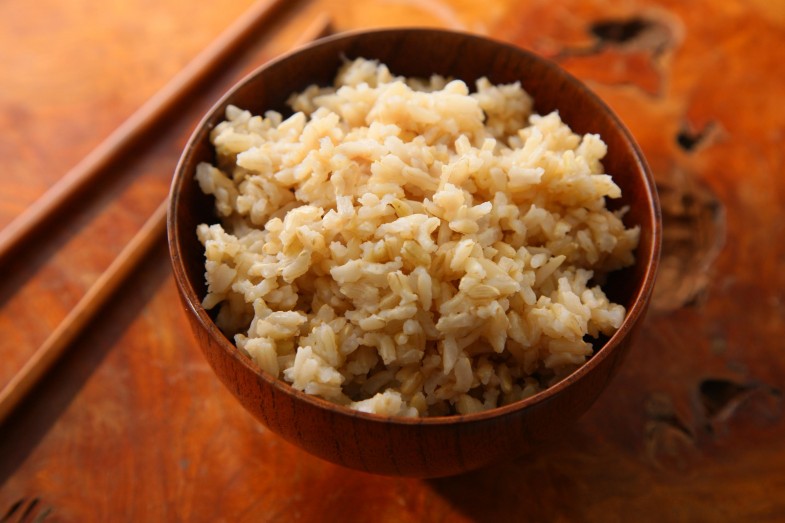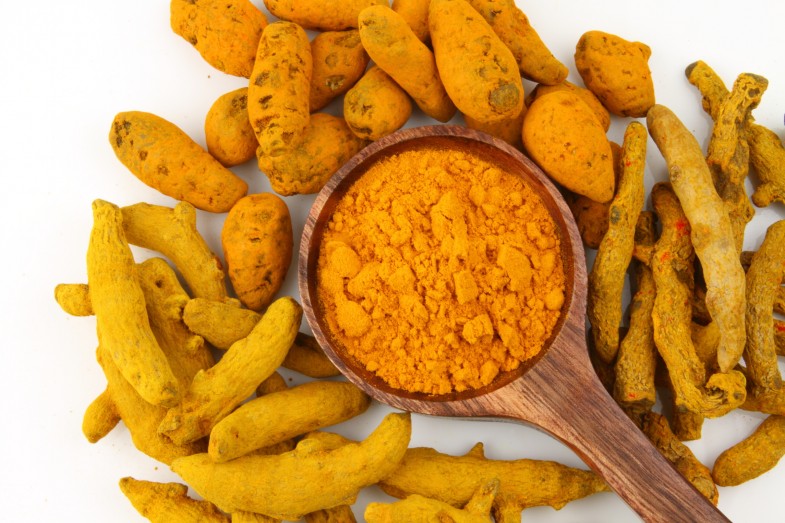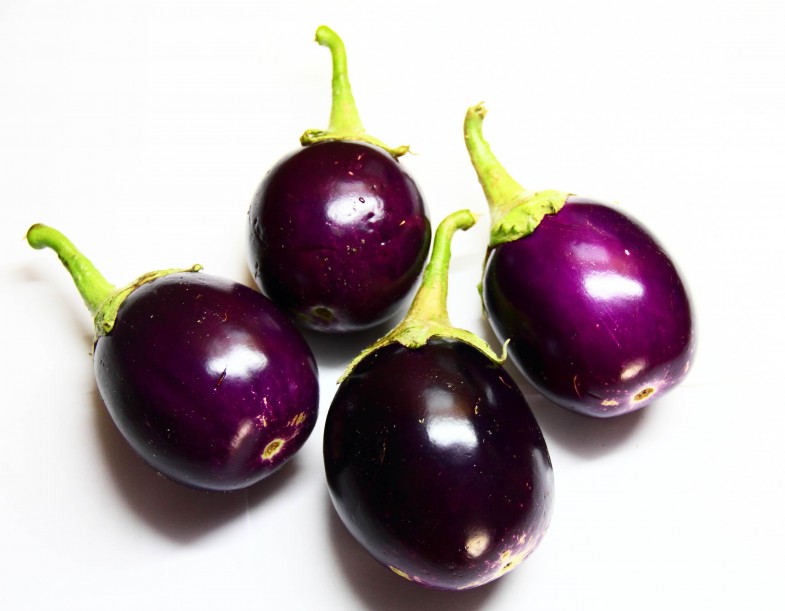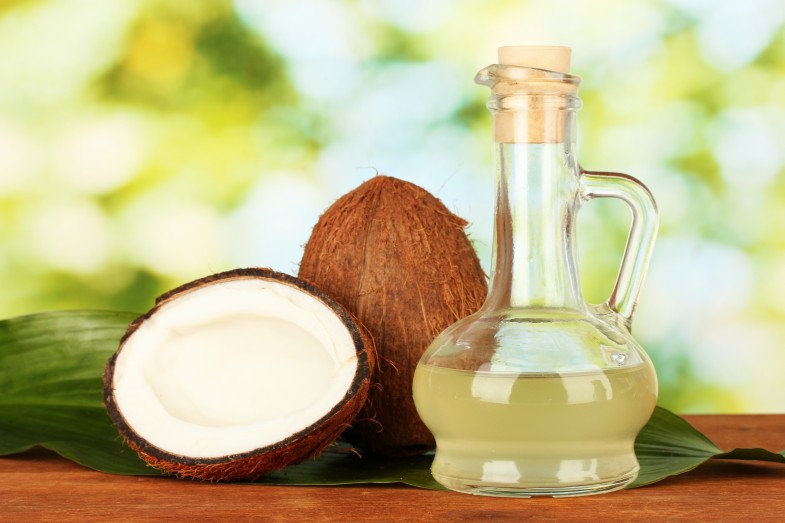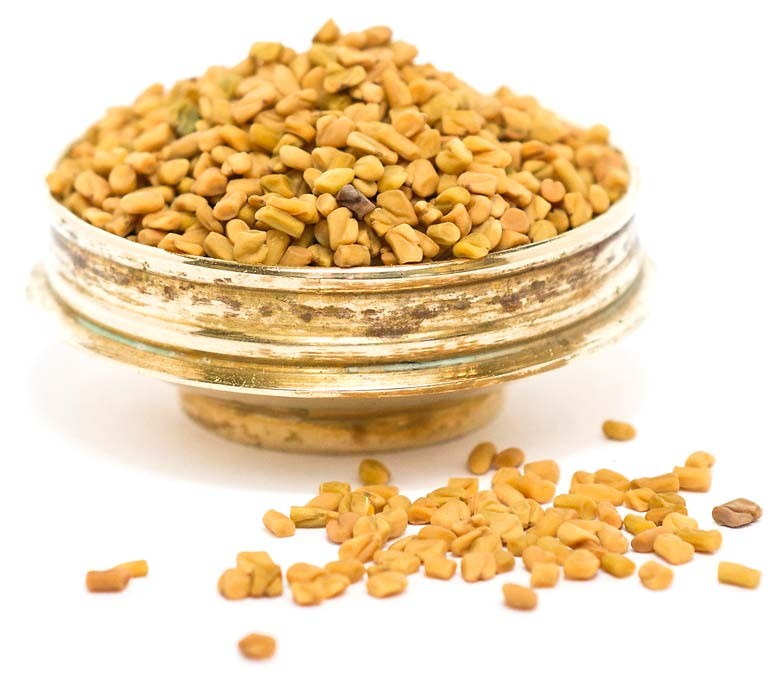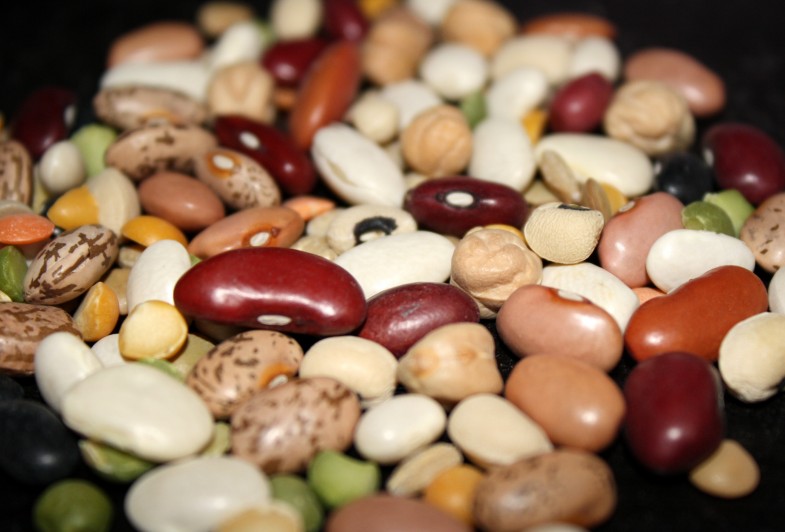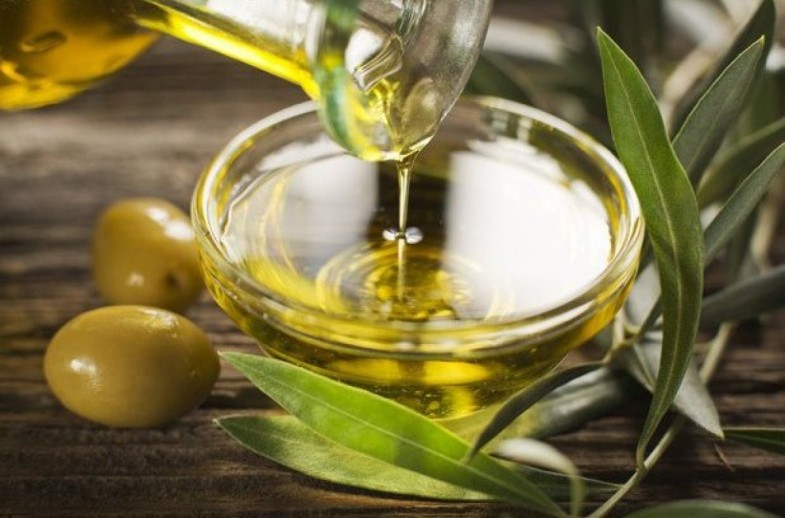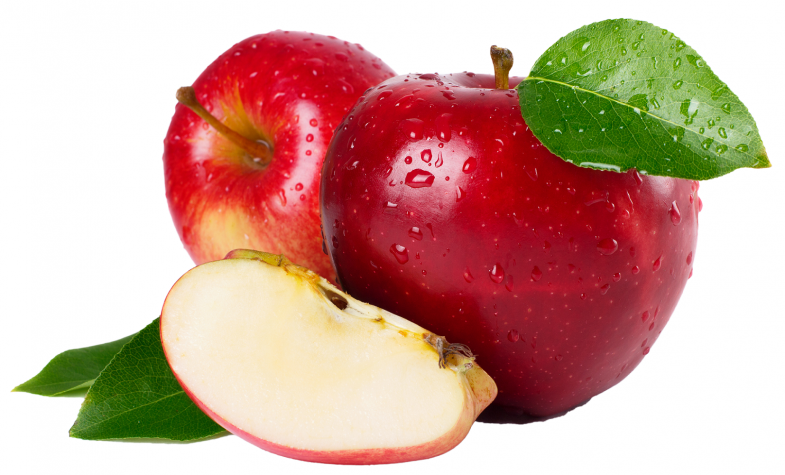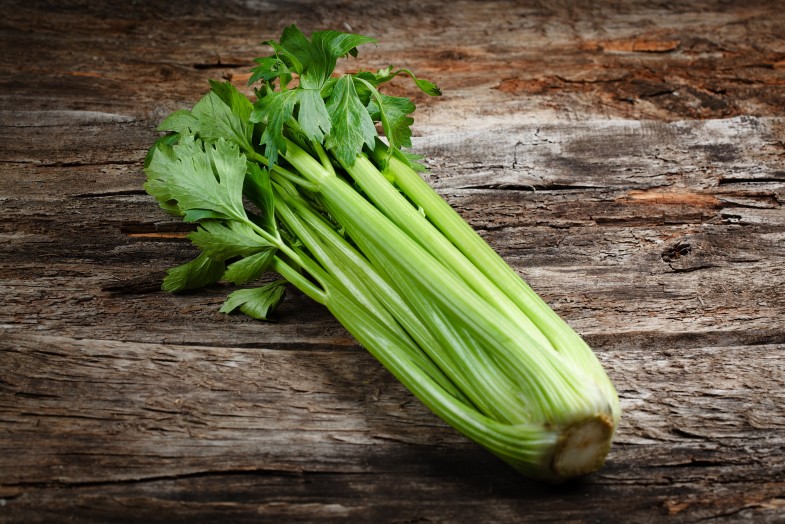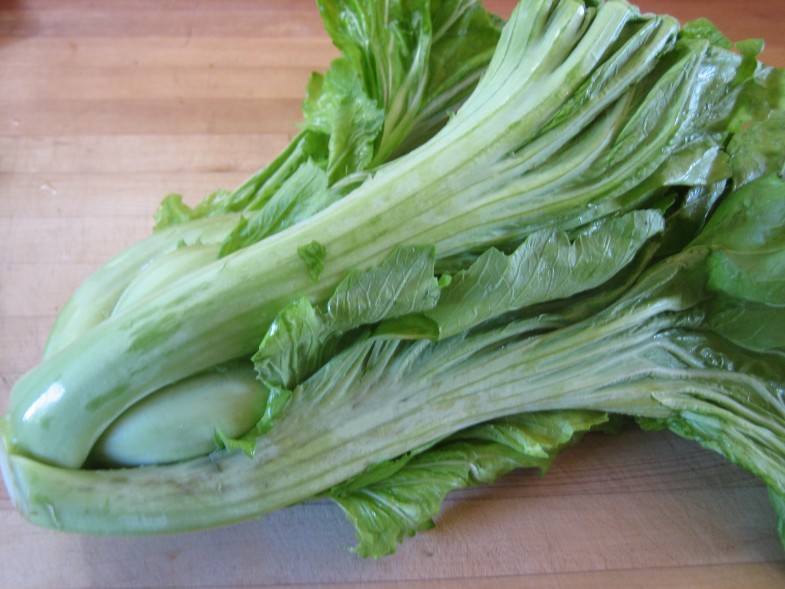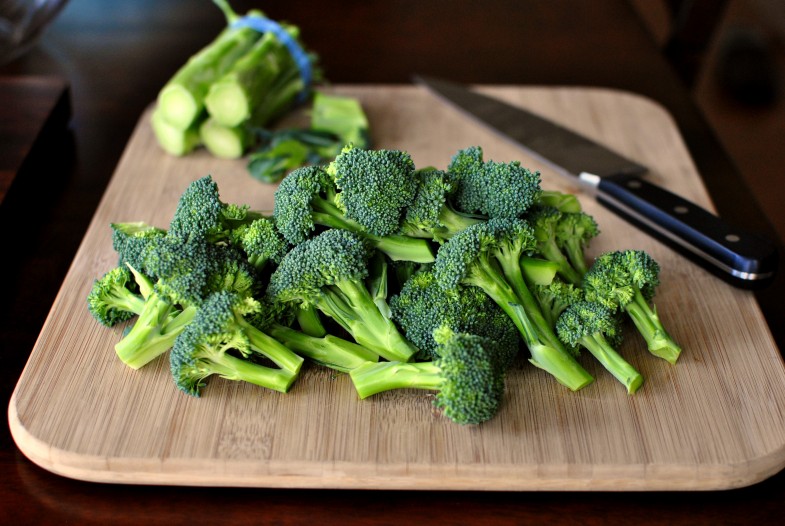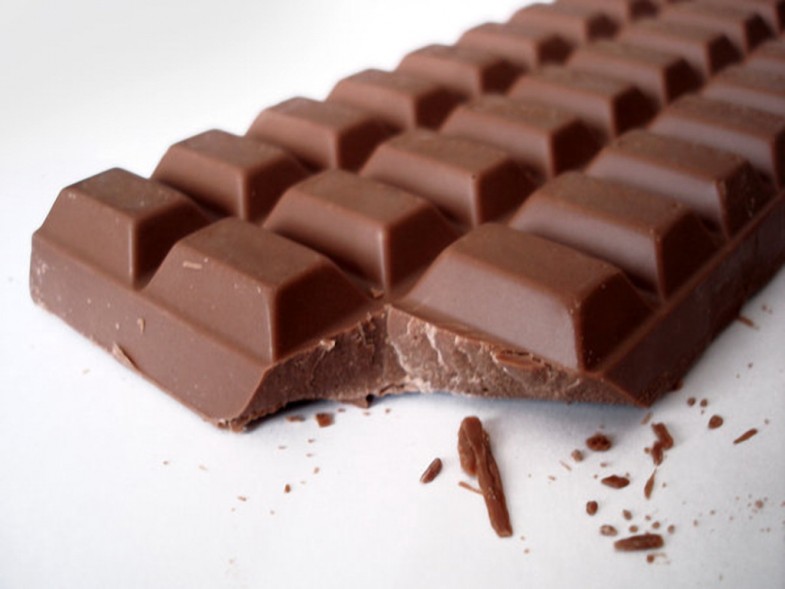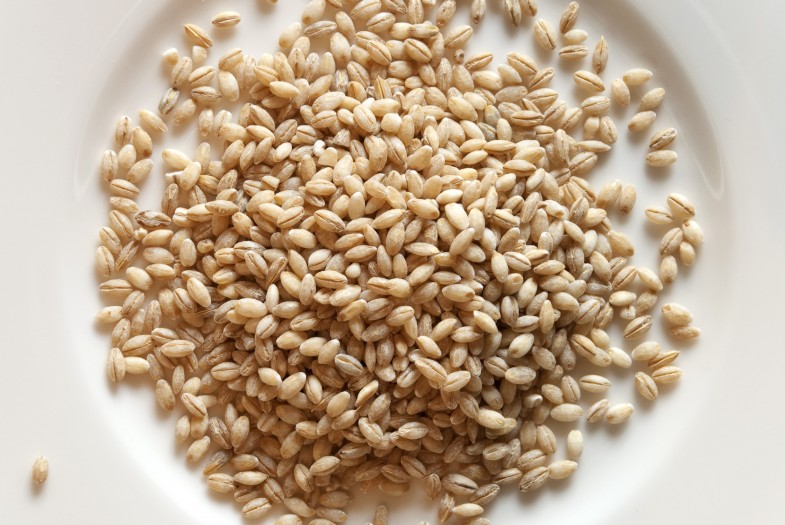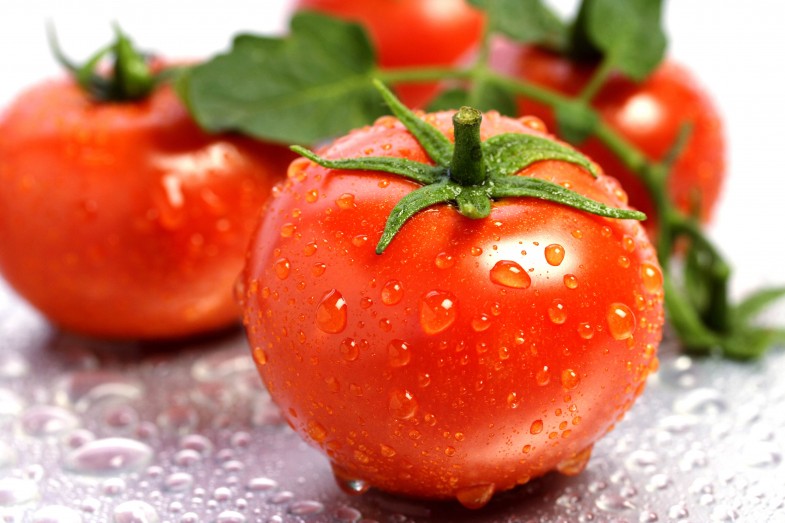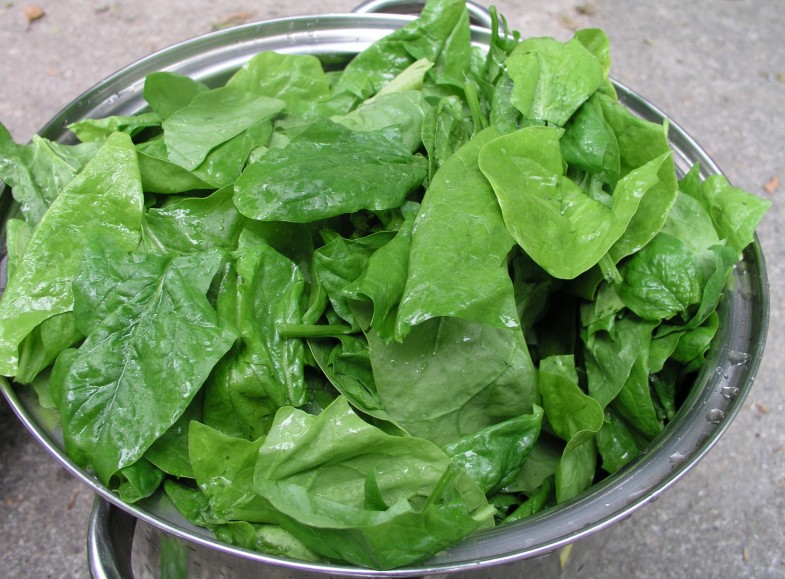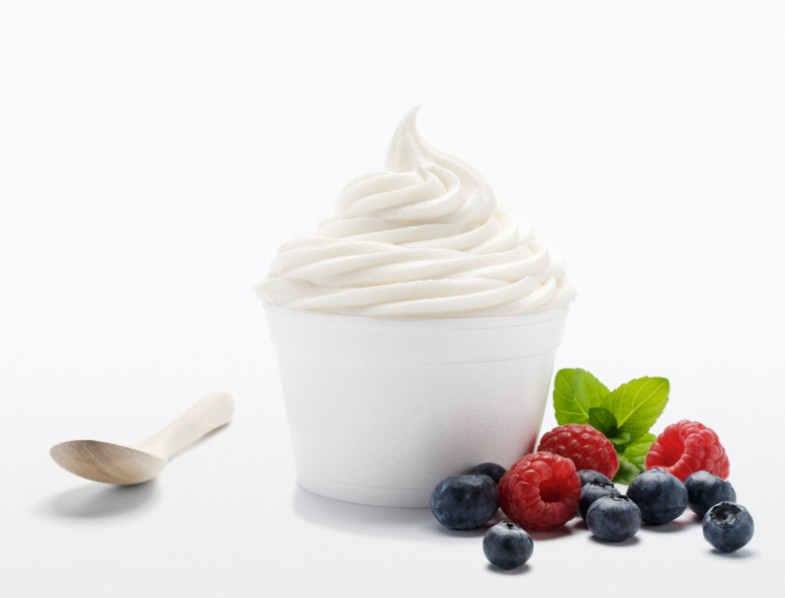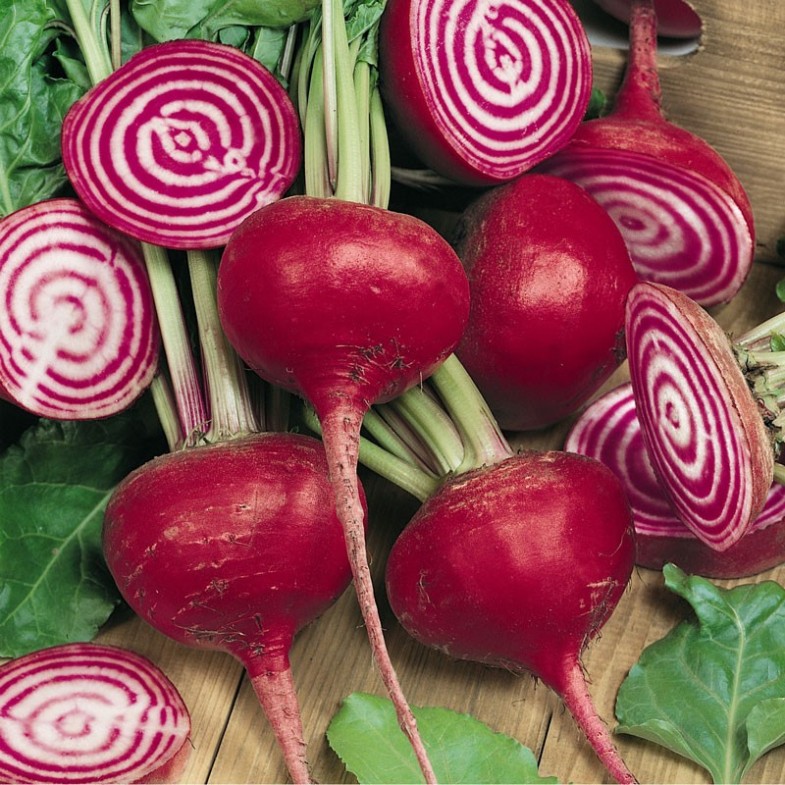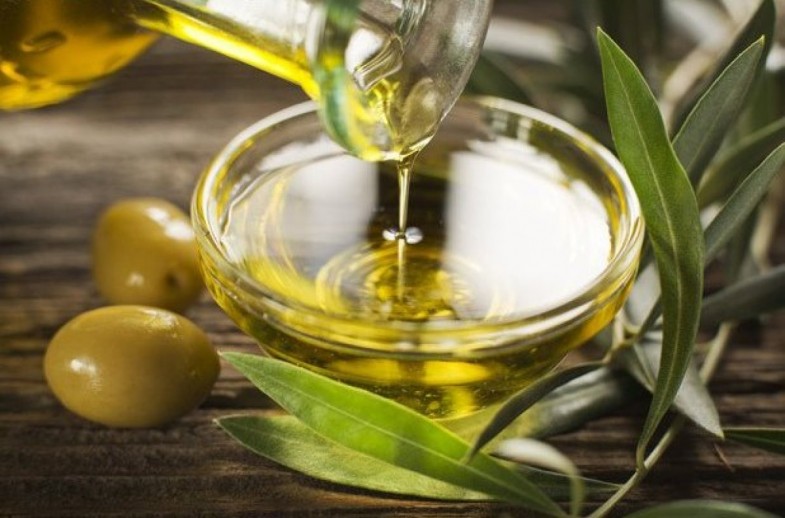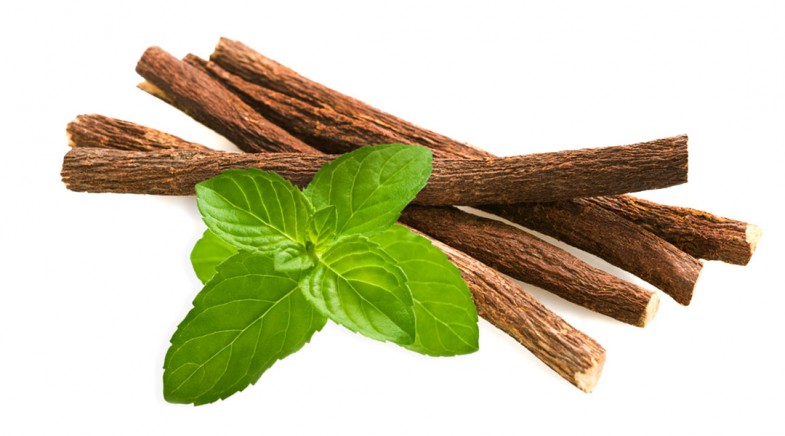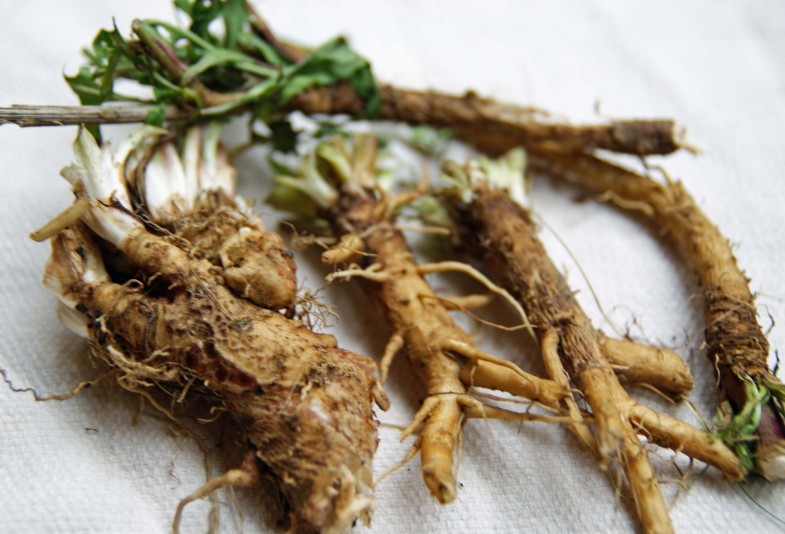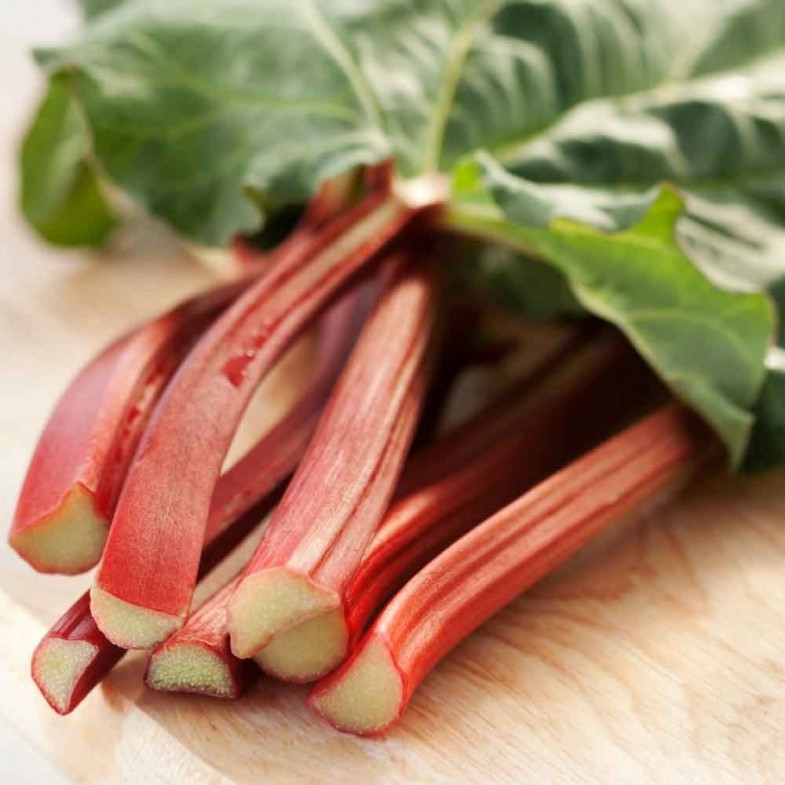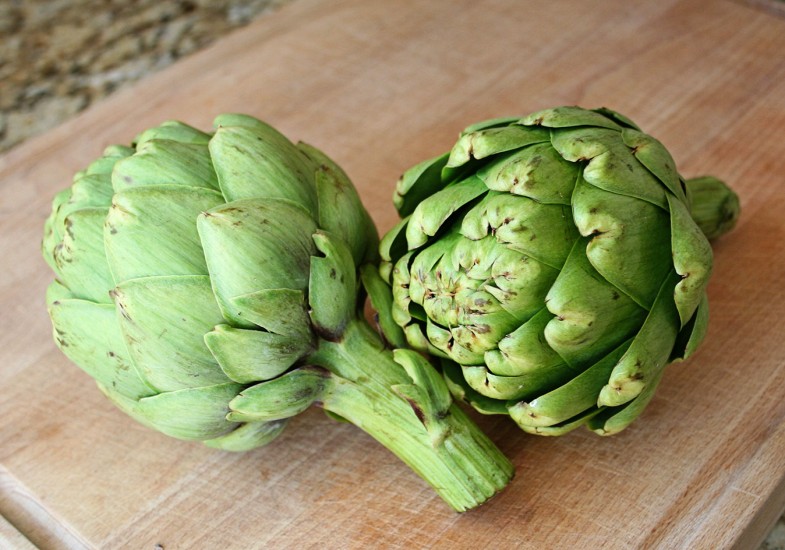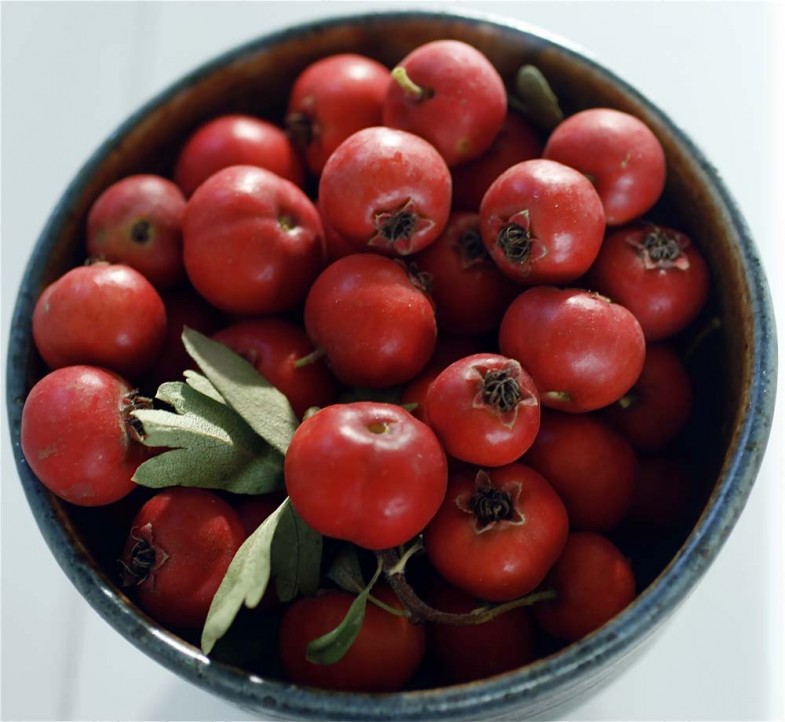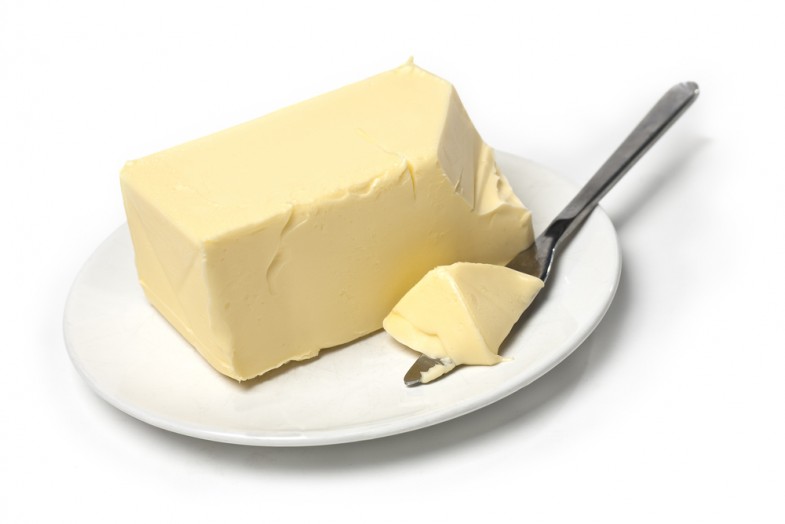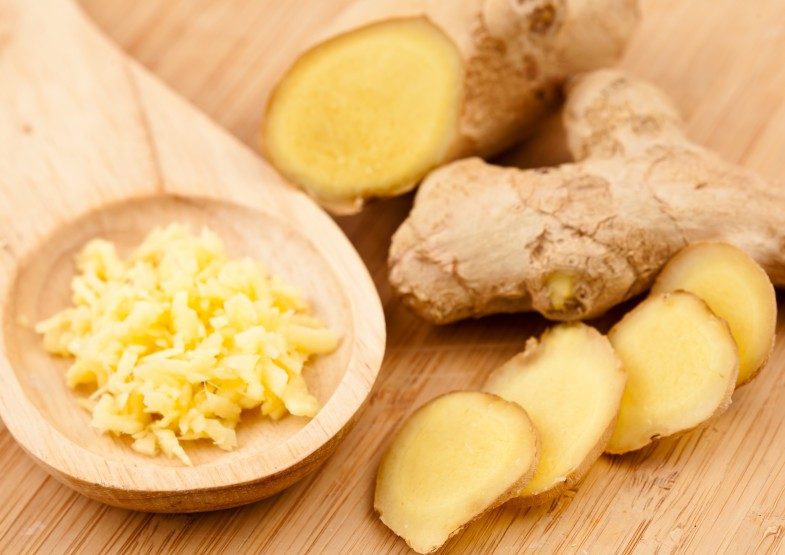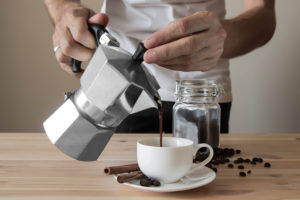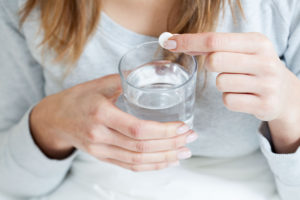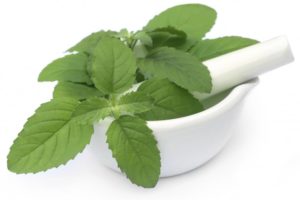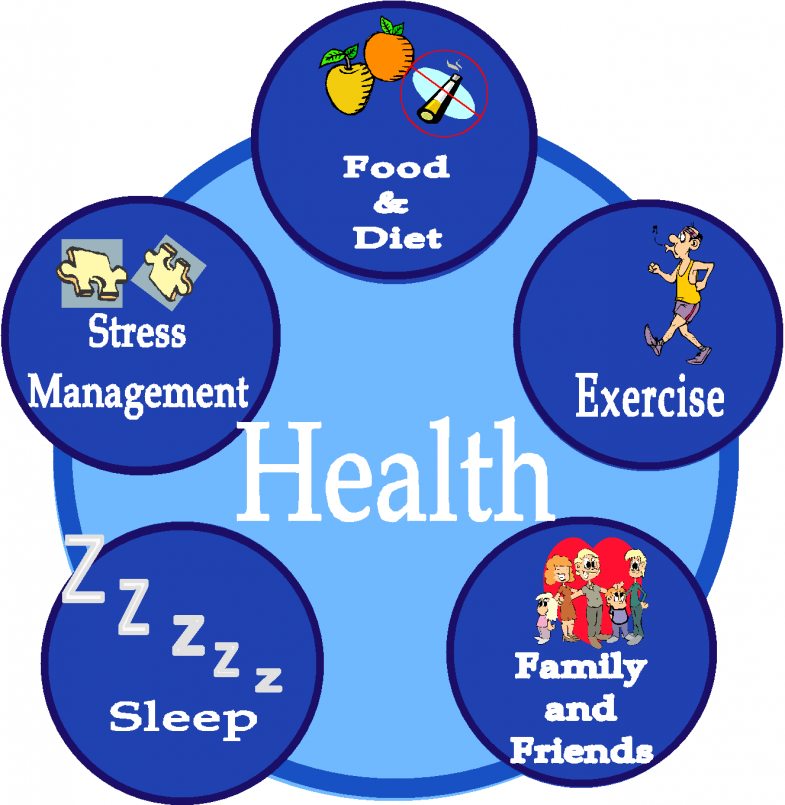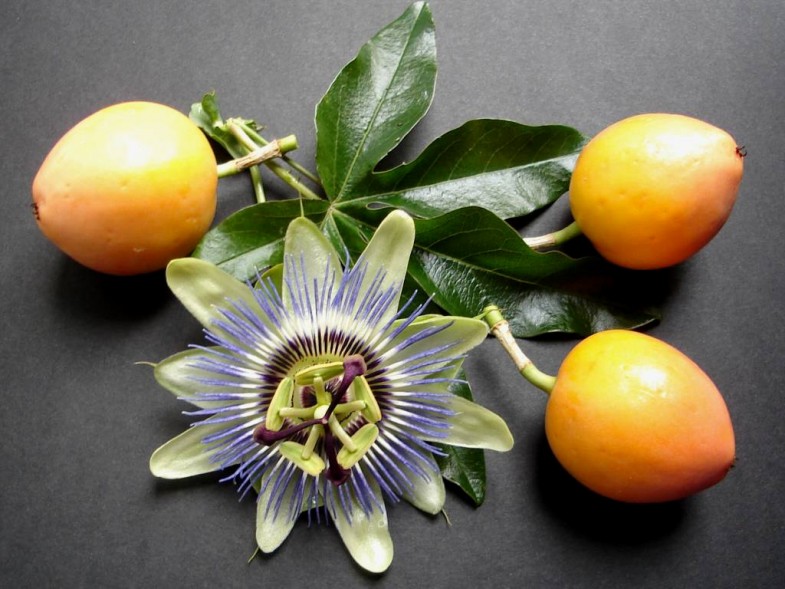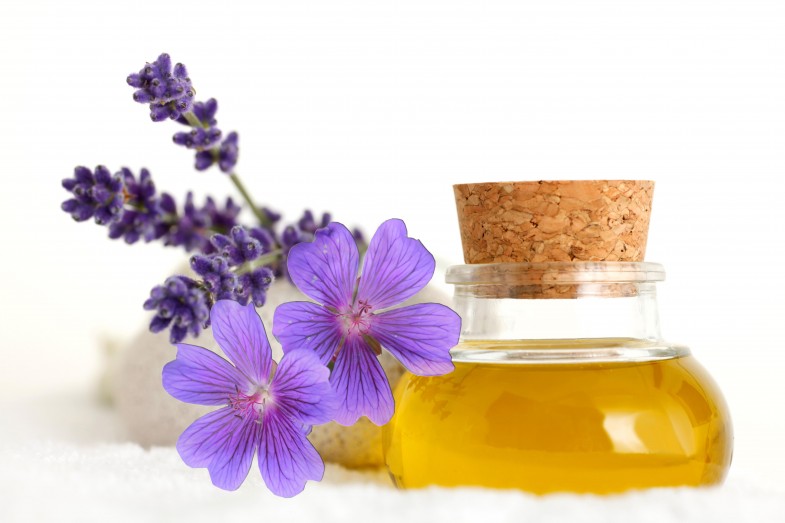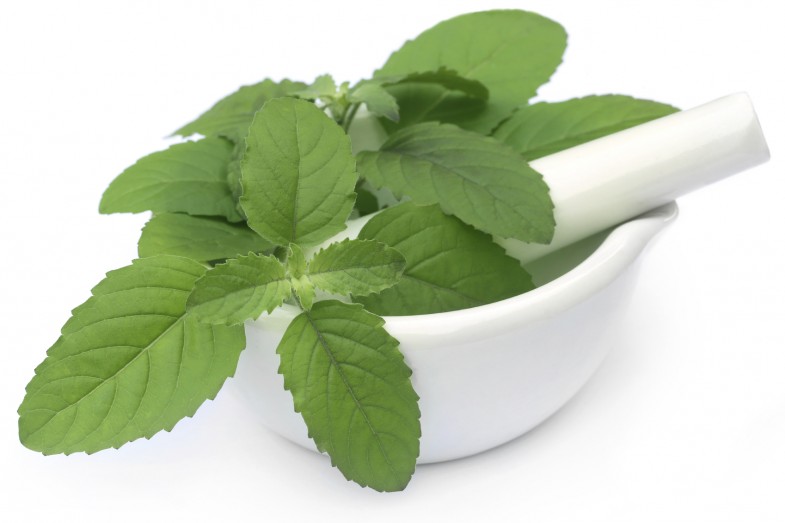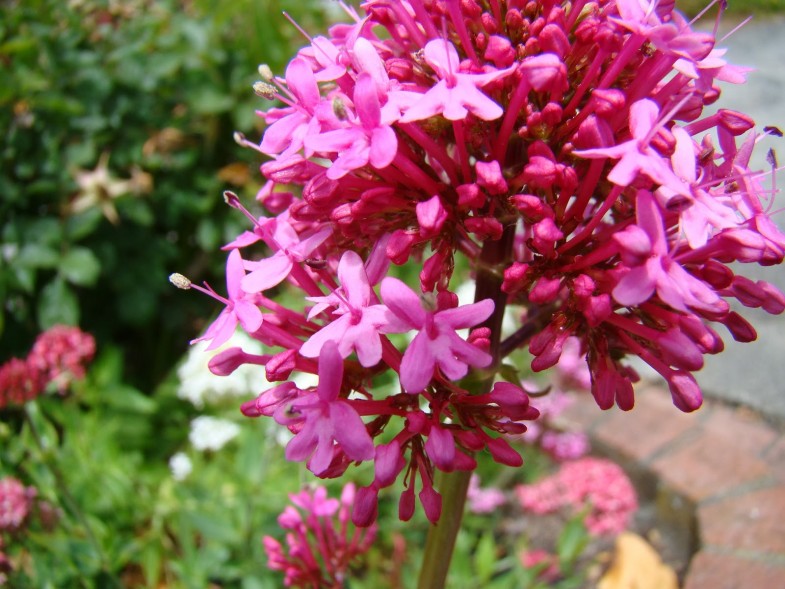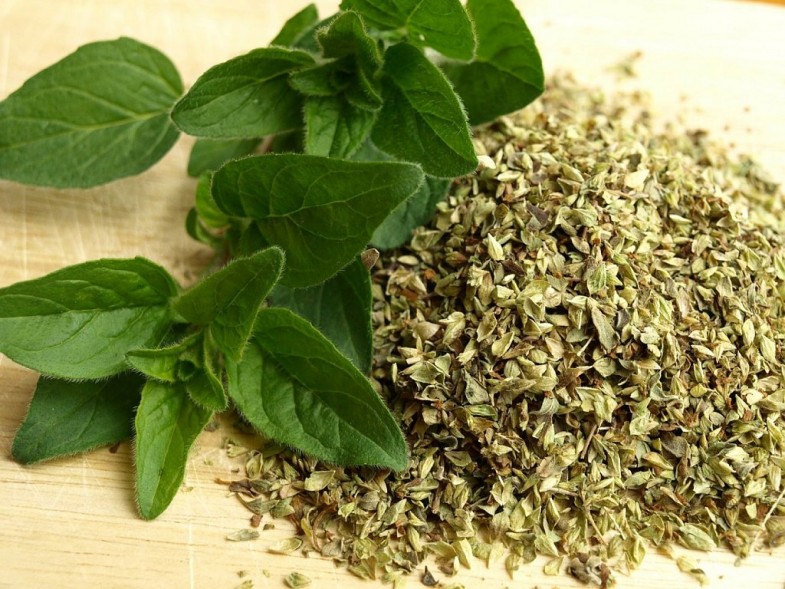Diabetes, which currently affects more than 8 percent of the American population, is increasing at an unprecedented rate. According to the Centers for Disease Control, the incidence of this disease skyrocketed over the last three decades, rising 176 percent in the years 1980 through 2011.
Now, more than ever, a need for safe and effective treatment exists, and researchers are saying that a pair of fragrant, flavorful Mediterranean herbs may hold the key.
In a study conducted by researchers from the American Chemical Society and published in Journal of Agricultural and Food Chemistry, rosemary and oregano were found to inhibit an enzyme, dipeptidyl peptidase IV, that promotes the secretion of insulin. Protein tyrosine phosphatase – which plays a role in insulin signaling – has led researchers to conclude that the herbs could be useful in preventing and treating diabetes.
Lead author and researcher Elvira Gonzalez de Mejia noted that although some cases of diabetes can be controlled through diet and exercise, many patients lack the discipline to follow a successful regimen. In addition, anti-diabetic drugs can be costly, as well as featuring negative side effects. On the other hand, herbs offer a safe, natural and cost-effective method of lowering blood glucose.
What are the beneficial properties of rosemary and oregano?
If you don’t have access to fresh rosemary and oregano, no worries – although, of course, it is always preferable to use fresh, organic herbs whenever possible, the dried “supermarket” version is just as effective when it comes tolowering blood sugar.
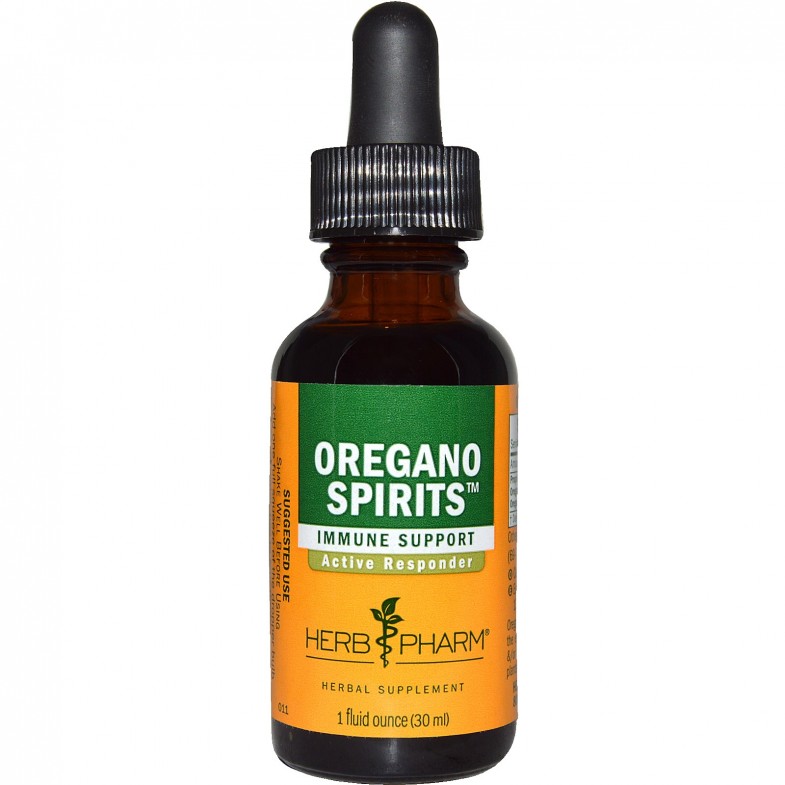
Photo:www.iherb.com
The researchers tested the effects of both greenhouse-grown and commercial dried extracts. Not surprisingly, they found that the greenhouse version of the herbs had higher levels of beneficial polyphenols and flavonoids. However, the commercial dried extracts functioned just as well to lower blood sugar.
Of the different varieties of greenhouse and commercial herbs tested by the researchers, commercial Greek oregano – scientifically known as origanum vulgare – commercial Mexican oregano, or lippia graveolens – and both greenhouse and commercial rosemary – rosmarinic officinalis – performed best.
Polyphenols and flavonoids in rosemary and oregano shown to target inflammation
Courtesy of their high levels of phytochemicals, both rosemary and oregano are potent inflammation fighters. This pair of herbs is particularly rich in gallic acid, with some samples containing as much 430 micrograms per milligram of dried weight. Gallic acid, with confirmed anti-fungal, anti-viral, and chemopreventive properties, is first and foremost a stunningly effective antioxidant.
In a new animal study published in 2014 in International Journal of Inflammation, gallic acid not only had a beneficial effect on mice with laboratory-induced sepsis, it completely reversed lipid peroxidation – the damaging degradation of fats.
In addition, both rosemary and oregano are rich in antioxidant rosmarinic acid, beneficial volatile oils such as cineol, camphene and borneol, and the antioxidant vitamins A and C.
Rosemary can also alleviate age-related cognitive decline
Rosemary’s beneficial effects aren’t limited to inhibiting diabetes and promoting healthy blood sugar levels. By reducing oxidative stress in the part of the brain that controls learning and memory, rosemary may help to alleviate cognitive deficits that accompany aging.
According to recent animal studies conducted at Saint Louis University School of Medicine, several enhanced proprietary rosemary and spearmint extracts improved the cognitive performance of mice with age-related cognitive decline. The research team expressed hope that the herbs could be used to reduce cognitive problems occurring in the early stages of Alzheimer’s disease.
Source: healthy-holistic-living.com
